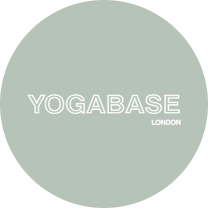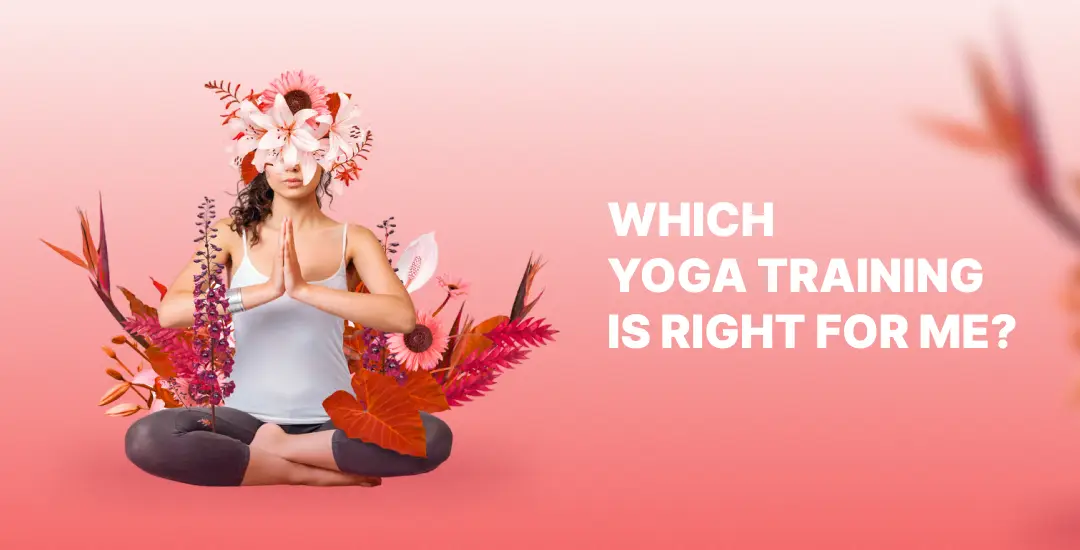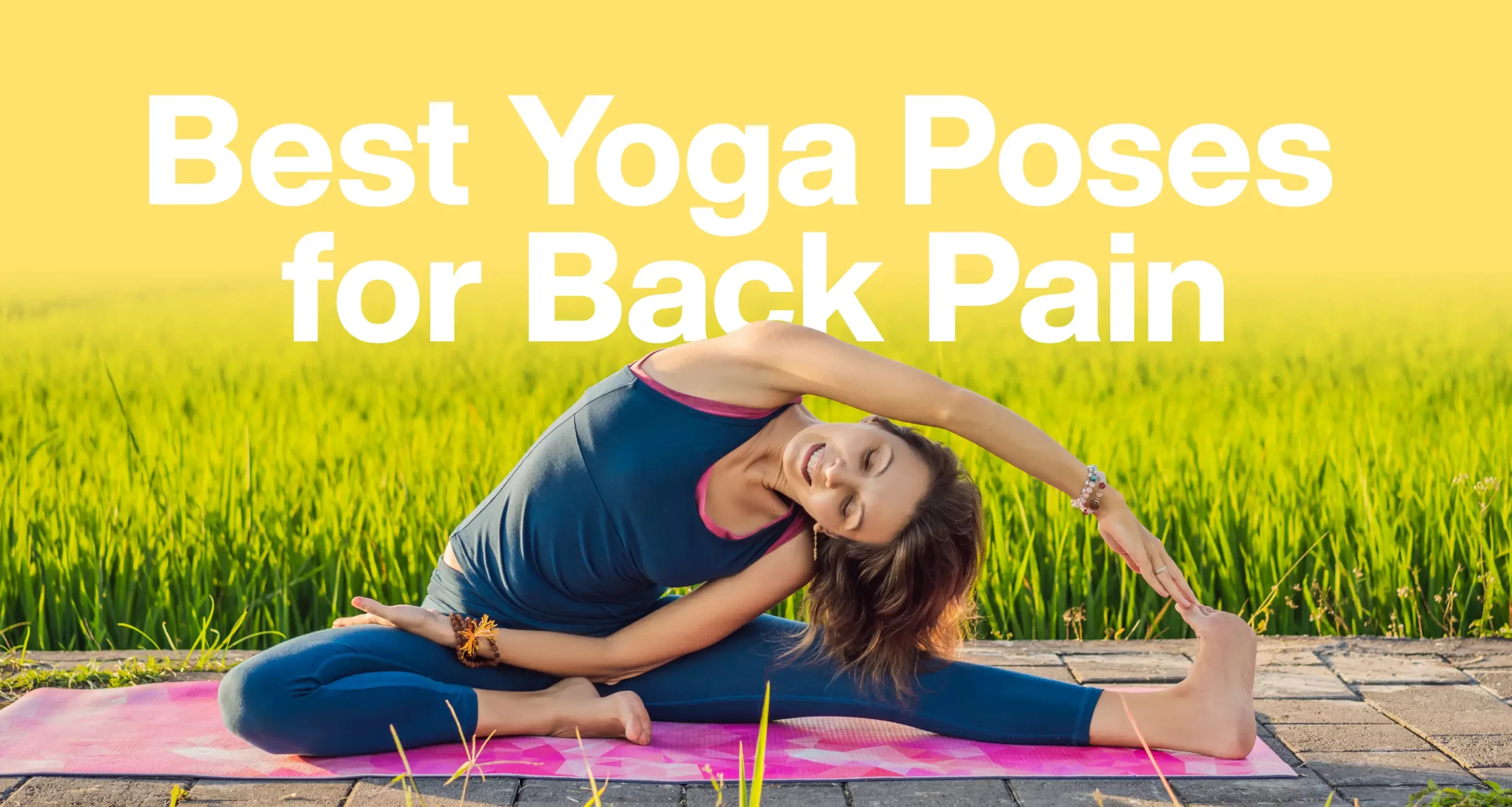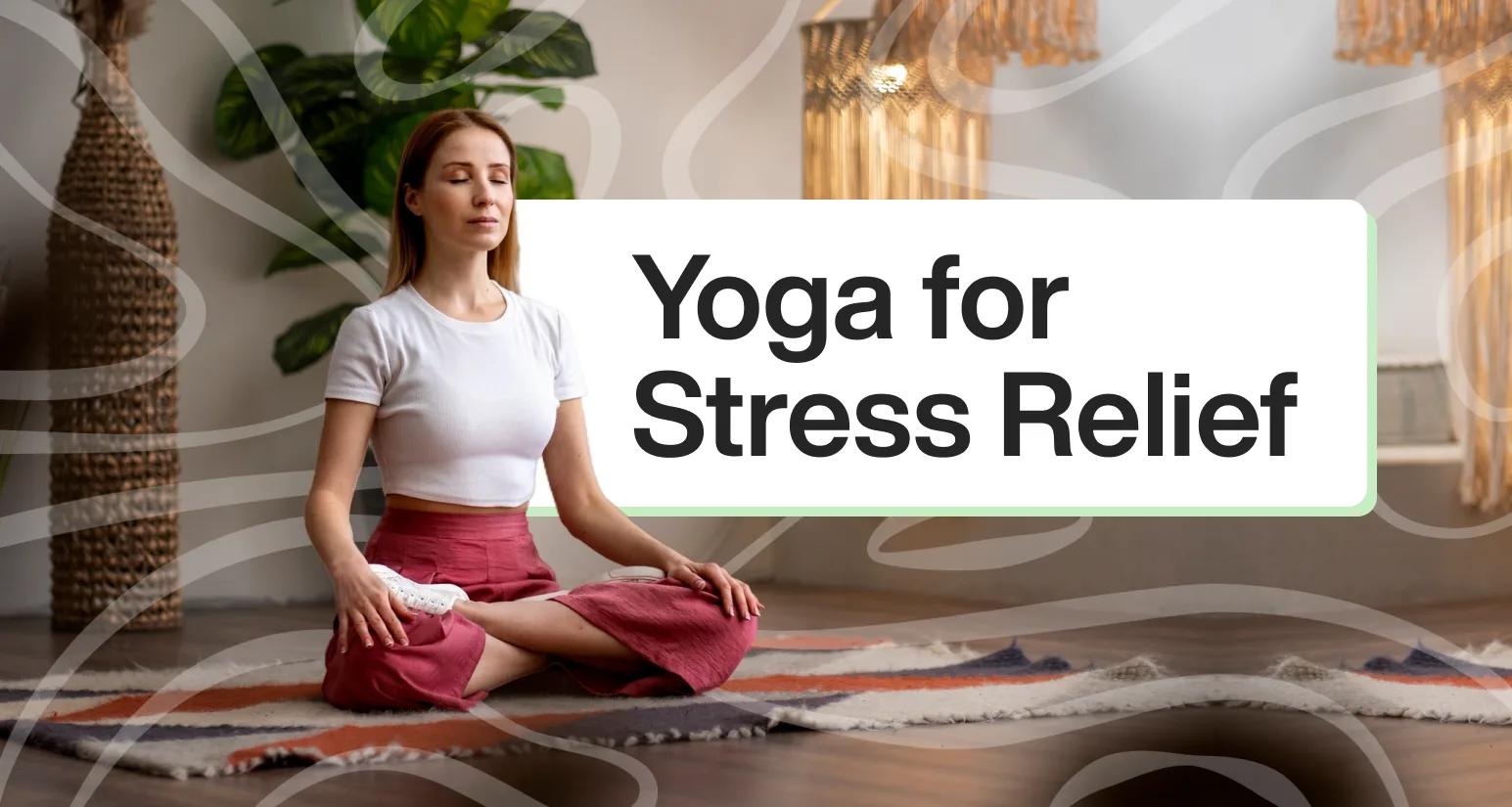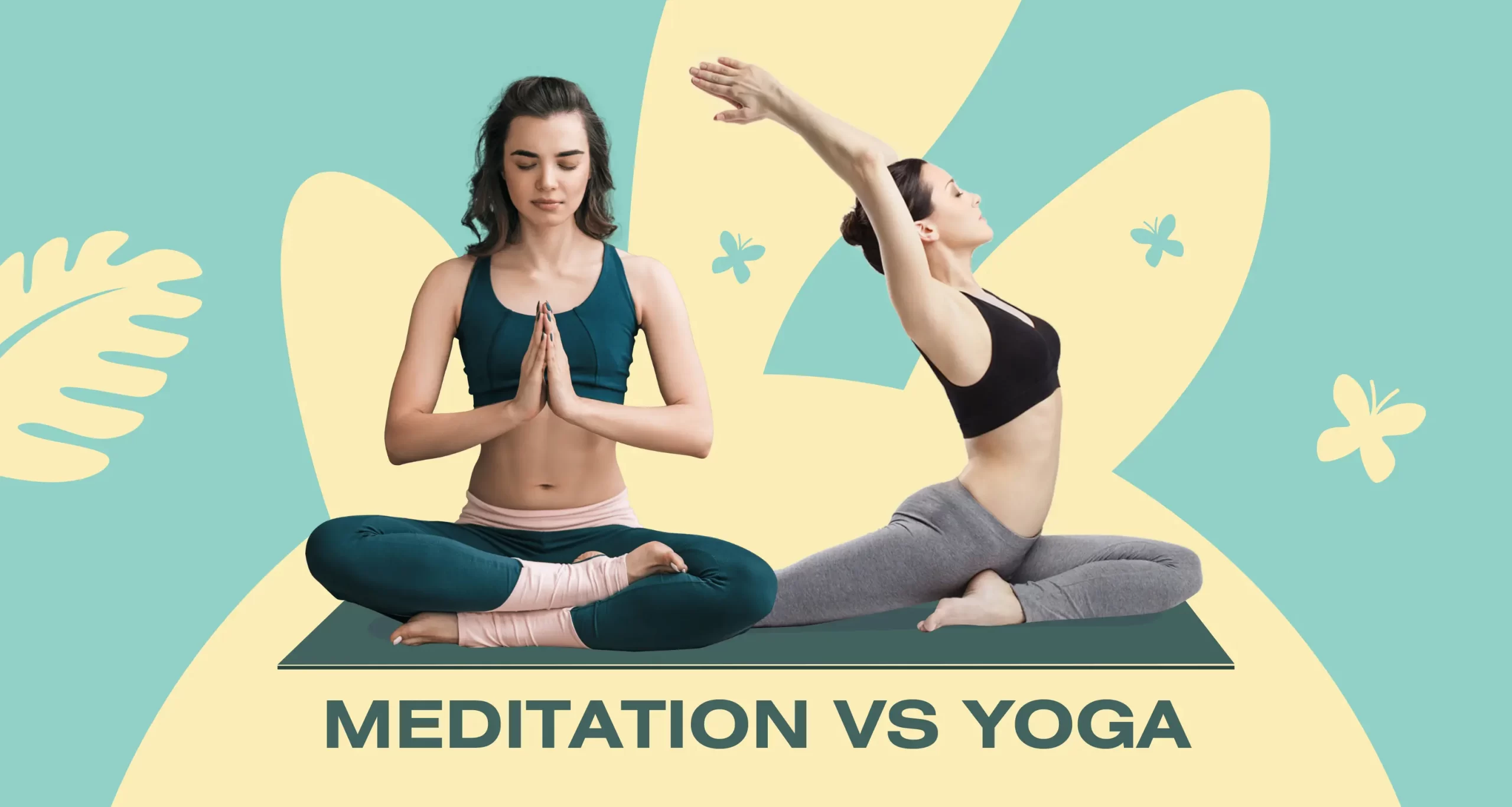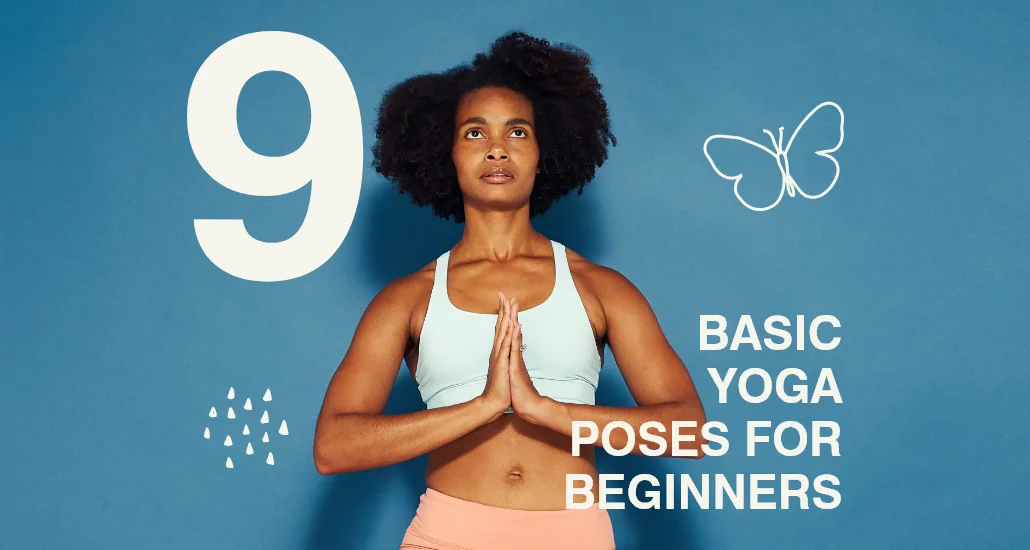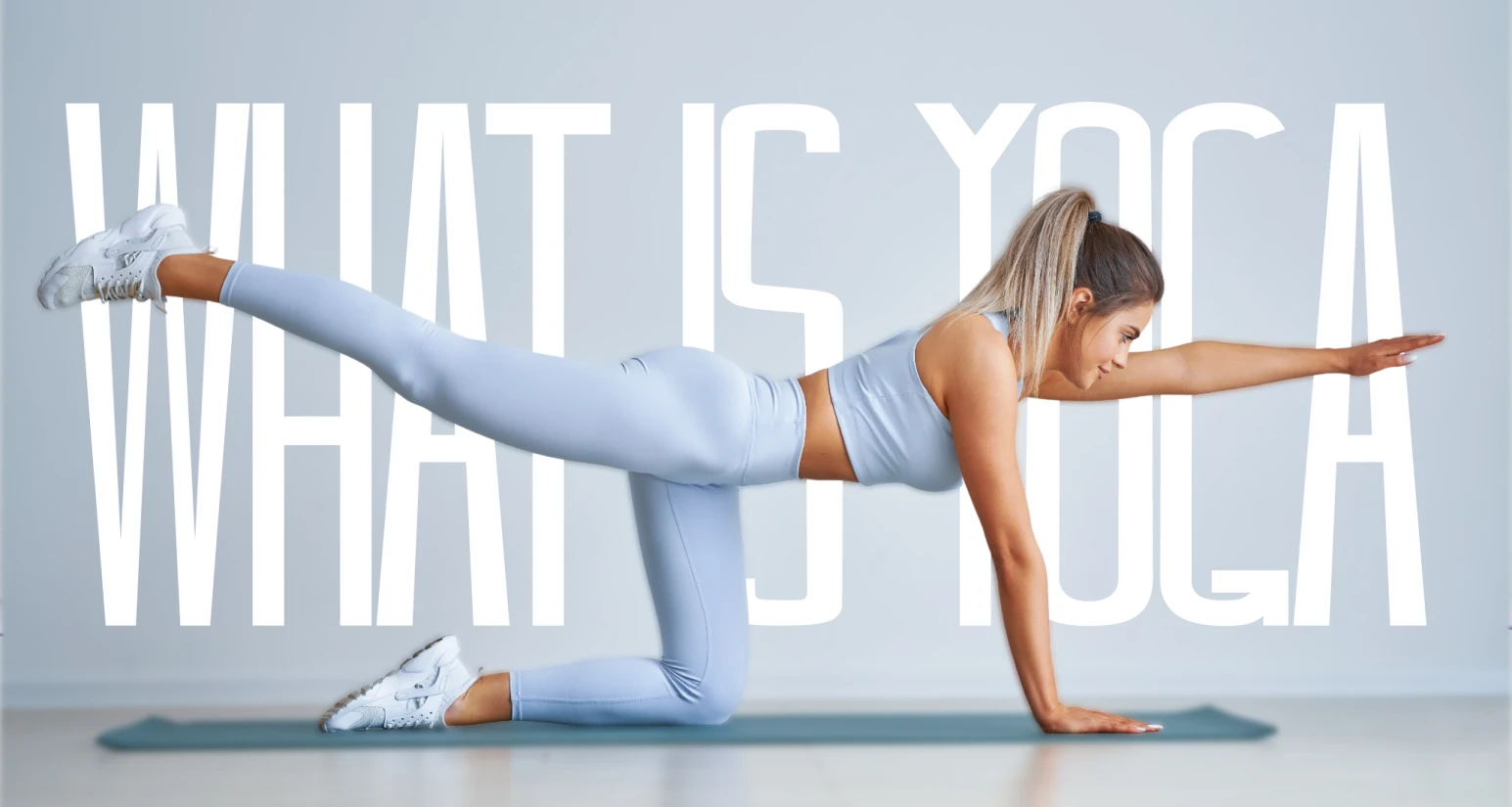
Definition of Yoga & Brief Overview of Yoga's Origins
Yoga, an ancient practice rooted deep in Indian culture, has spread worldwide over time. It’s more than just physical poses – yoga is a comprehensive system that brings harmony to the mind, body, and spirit.
This ancient Eastern discipline has become a global phenomenon, touching the lives of people from all corners of the world. At its core, yoga aims to unite the various aspects of the self, creating a sense of balance and wholeness.
Through its varied techniques, from breathwork to meditation, yoga offers a holistic approach to wellbeing that transcends geographical and cultural boundaries.
Definition of Yoga
At its heart, yoga is a practice focused on nurturing physical, mental, and spiritual well-being. The word “yoga” comes from the Sanskrit term “yuj,” meaning to join or unite.
Through techniques like meditation, breath control, and physical poses, yoga aims to unite the individual’s awareness with the universal consciousness, cultivating inner calm, balance, and a sense of connection.
Brief Overview of Yoga's Origins
The practice of yoga has deep roots going back thousands of years to ancient India. Its origins can be traced to the Vedic civilization, with the earliest references found in the Rigveda, one of the world’s oldest sacred texts, dating back over 5,000 years.
Over the centuries, yoga has developed into a multifaceted system encompassing diverse philosophies, techniques, and paths to spiritual fulfilment.
Historical Background
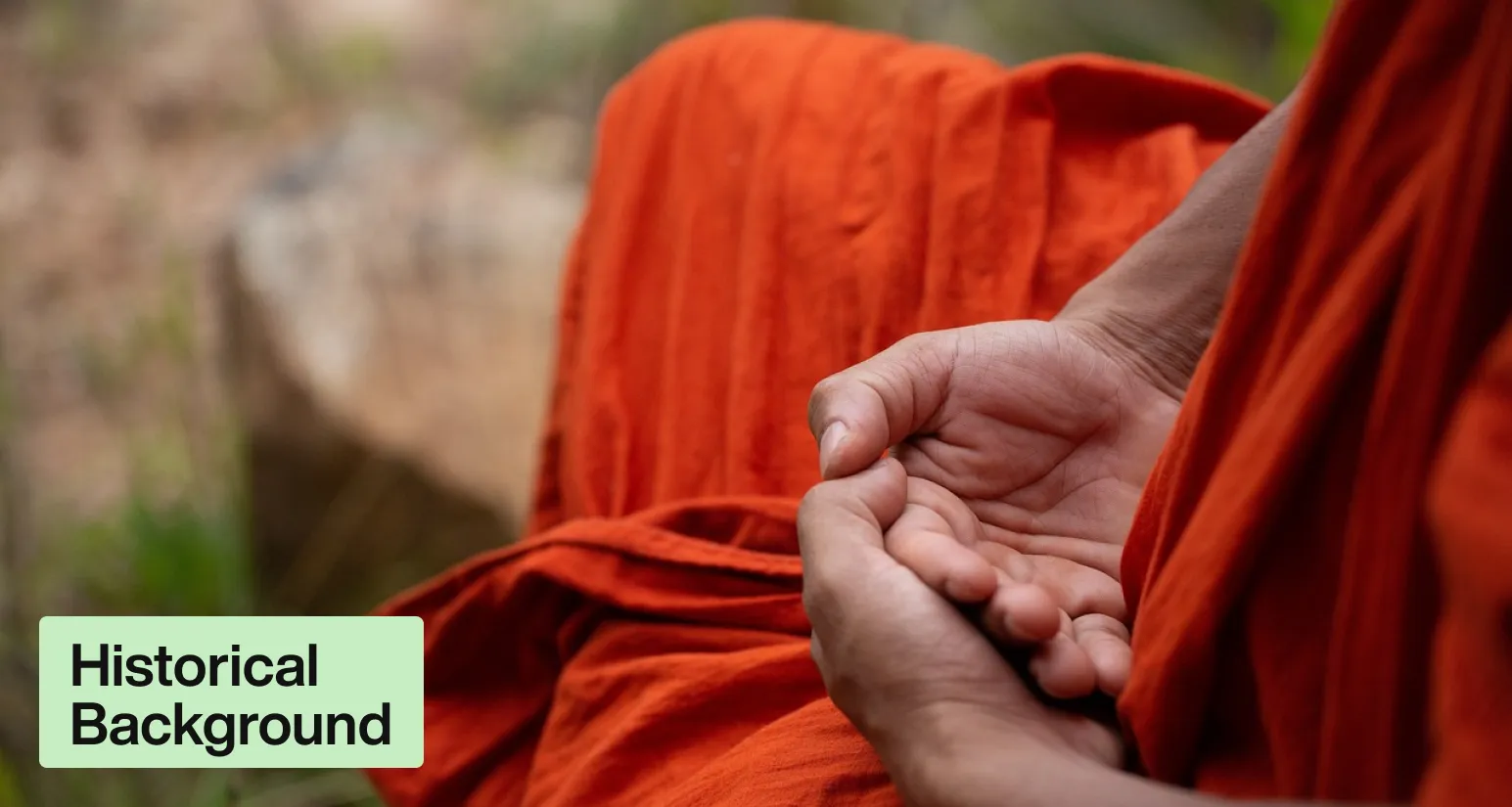
To truly understand the essence of yoga, it’s essential to explore its rich historical roots. The history of yoga is as intricate and diverse as the practice itself, spanning thousands of years and encompassing a myriad of cultural, religious, and philosophical influences.
The origins of yoga can be traced back to ancient India, where it emerged as a spiritual discipline within the Vedic tradition. The earliest written records of yoga can be found in the Vedas, the oldest sacred texts of Hinduism, dating back to around 1500 BCE. These texts contain hymns, rituals, and philosophical teachings that laid the foundation for various aspects of yoga practice.
One of the seminal texts on yoga philosophy is the Yoga Sutras of Patanjali, compiled around the 2nd century BCE. Patanjali’s Yoga Sutras provide a systematic framework for understanding the nature of the mind and the path to spiritual liberation (or “samadhi”).
The Sutras outline the eight limbs of yoga, known as Ashtanga Yoga, which includes ethical principles (yamas and niyamas), physical postures (asanas), breath control (pranayama), sensory withdrawal (pratyahara), concentration (dharana), meditation (dhyana), and ultimately, union with the divine (samadhi).
Throughout history, yoga continued to evolve and adapt, absorbing influences from various traditions and cultures. It wasn’t until the late 19th and early 20th centuries that yoga gained widespread recognition in the West, thanks in part to the efforts of pioneering yogis such as Swami Vivekananda and Paramahansa Yogananda.
In the 20th century, several prominent yoga masters, including B.K.S. Iyengar, K. Pattabhi Jois, and T.K.V. Desikachar, introduced their unique styles of yoga practice, further diversifying the landscape of modern yoga.
Today, yoga has transcended cultural boundaries and become a global phenomenon, embraced by millions of people worldwide for its myriad physical, mental, and spiritual benefits. As we delve deeper into the philosophy of yoga and its various paths, we’ll gain a deeper appreciation for this ancient tradition and its enduring relevance in the modern world.
Philosophy of Yoga
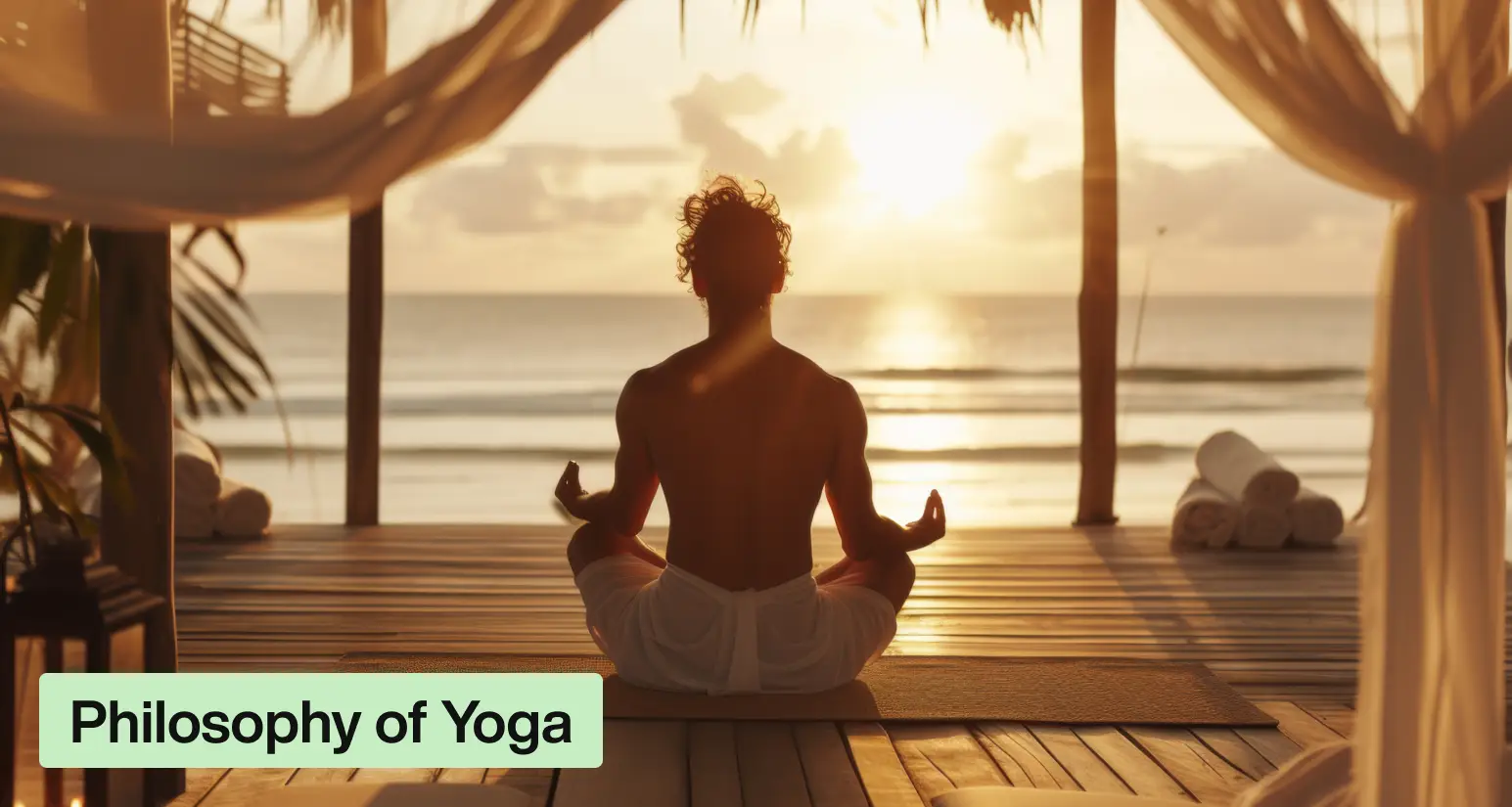
At the heart of yoga lies a profound philosophical framework that guides its practice and principles. The philosophy of yoga encompasses a holistic understanding of the nature of existence, the human condition, and the path to self-realization and enlightenment.
Central to the philosophy of yoga is the concept of unity, expressed through the Sanskrit term “Advaita,” which means non-duality. According to this worldview, all of existence is interconnected, and the ultimate reality is beyond the dualities of good and bad, right and wrong, self and other. Yoga teaches that the true nature of the self (Atman) is identical to the ultimate reality (Brahman), and the goal of yoga practice is to realize this fundamental unity.
The foundational text of yoga philosophy is the Yoga Sutras of Patanjali, a collection of aphorisms compiled by the sage Patanjali around the 2nd century BCE. The Yoga Sutras provide a systematic roadmap for attaining self-realization and liberation from suffering. Patanjali outlines the eight limbs of yoga, known as Ashtanga Yoga, which serve as a guide for ethical living, self-discipline, and spiritual growth.
The first two limbs of Ashtanga Yoga, the yamas and niyamas, are ethical principles that govern one’s behaviour towards oneself and others. They include practices such as non-violence (ahimsa), truthfulness (satya), non-stealing (asteya), moderation (brahmacharya), and non-possessiveness (aparigraha), among others.
The subsequent limbs of Ashtanga Yoga focus on physical postures (asanas), breath control (pranayama), sensory withdrawal (pratyahara), concentration (dharana), meditation (dhyana), and ultimately, union with the divine (samadhi).
Beyond the Yoga Sutras, yoga philosophy encompasses a wide range of teachings and traditions, including Vedanta, Tantra, Bhakti Yoga, Karma Yoga, and Jnana Yoga, each offering unique insights into the nature of reality and the path to spiritual liberation.
Ultimately, the philosophy of yoga invites practitioners to explore the depths of their consciousness, cultivate self-awareness, and realize their true nature as infinite, interconnected beings. As we delve deeper into the various types of yoga and their respective practices, we’ll uncover the transformative power of yoga philosophy in shaping our lives and perceptions.
Types of Yoga
Ashtanga Yoga, often referred to as the “eight-limbed path,” is a classical form of yoga codified by the sage Patanjali in the Yoga Sutras. It provides a comprehensive framework for spiritual practice, encompassing eight limbs that serve as guidelines for ethical living, self-discipline, and inner transformation. Let’s explore each of the eight limbs in detail:
Yamas
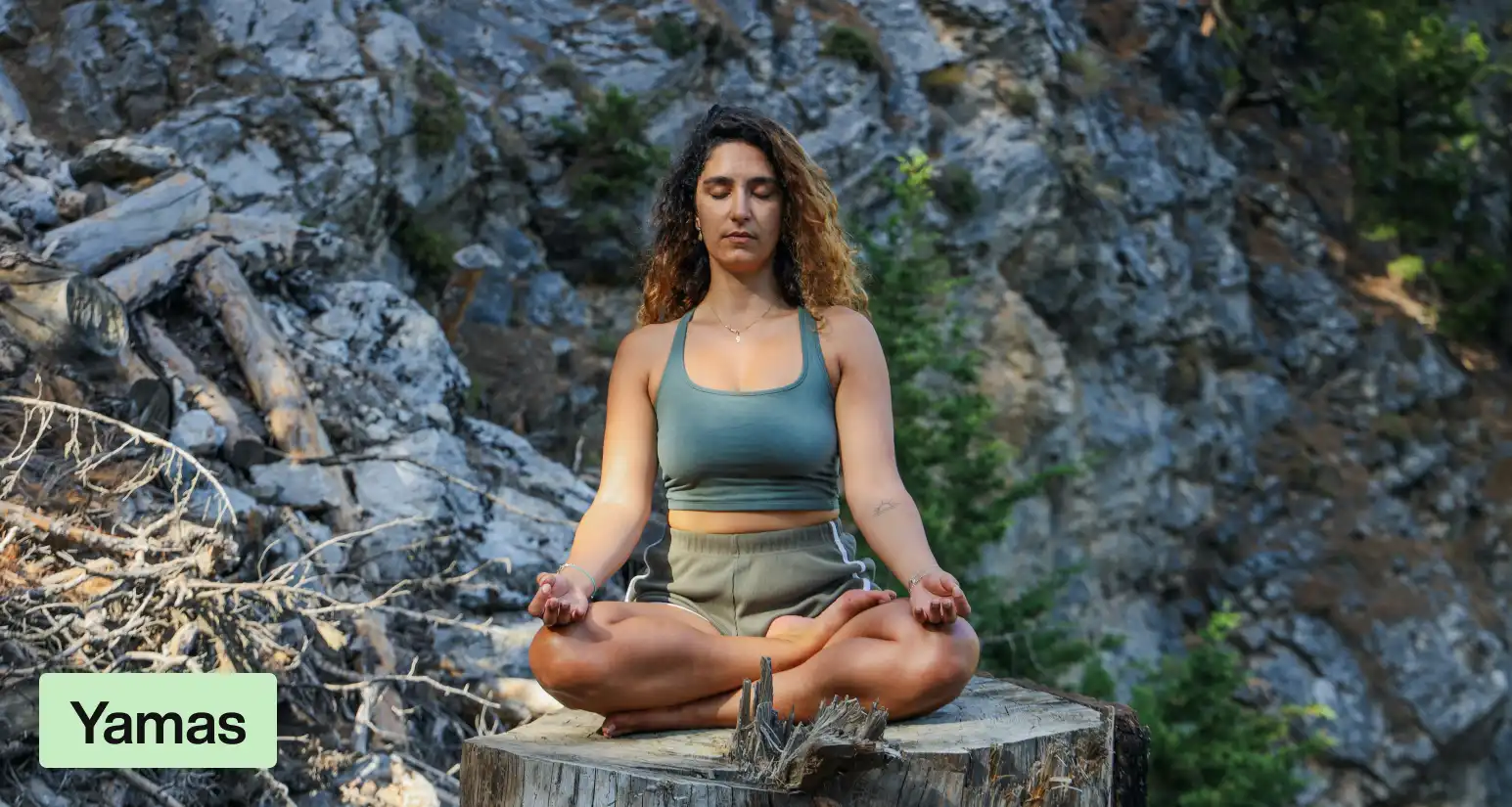
The first limb of Ashtanga Yoga consists of five ethical principles or restraints that govern one’s behaviour towards others and the world. They include:
Ahimsa (non-violence)
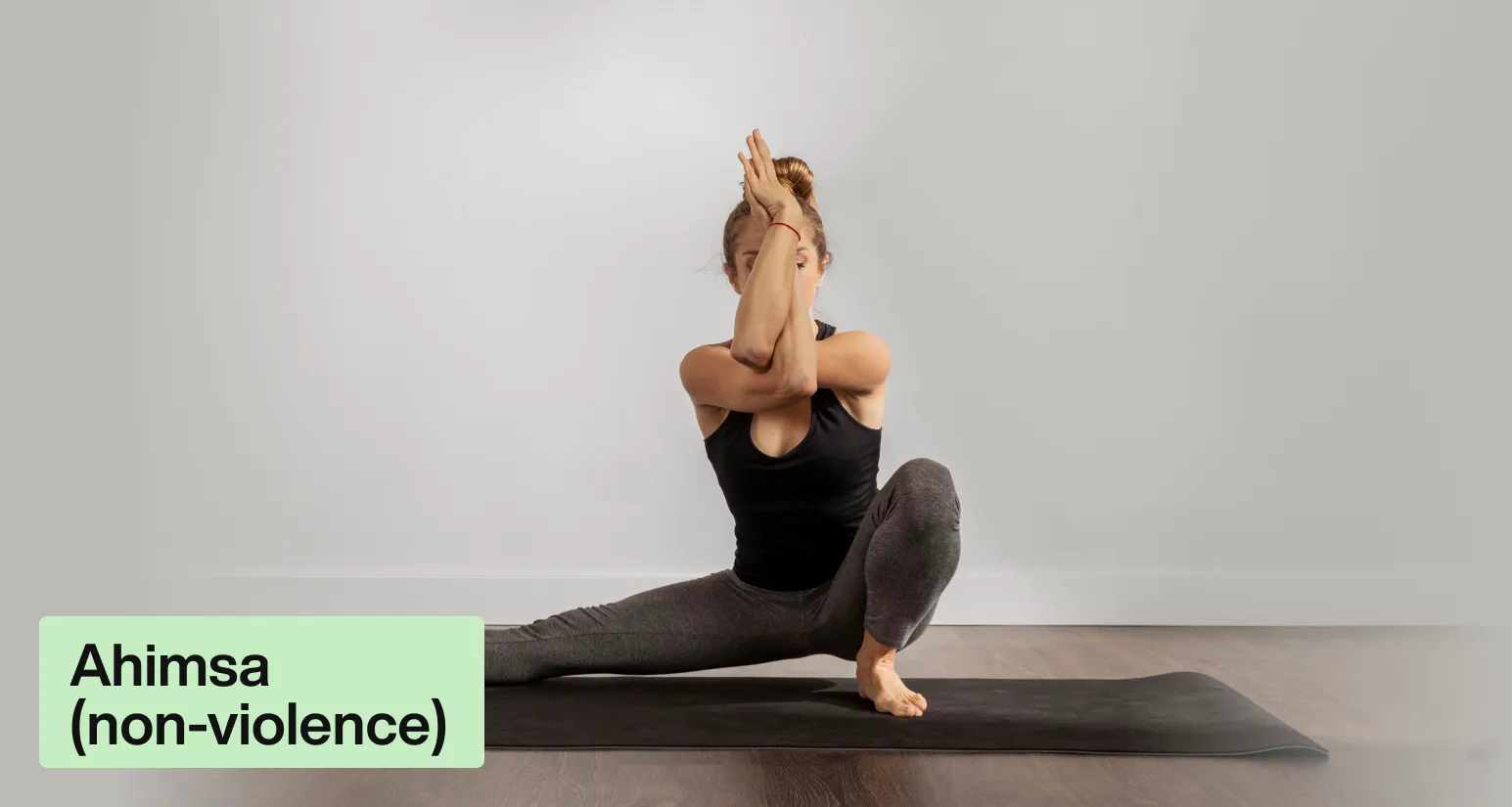
Cultivating compassion and non-harming towards all living beings.
Satya (truthfulness)
Practicing honesty and authenticity in thought, speech, and action.
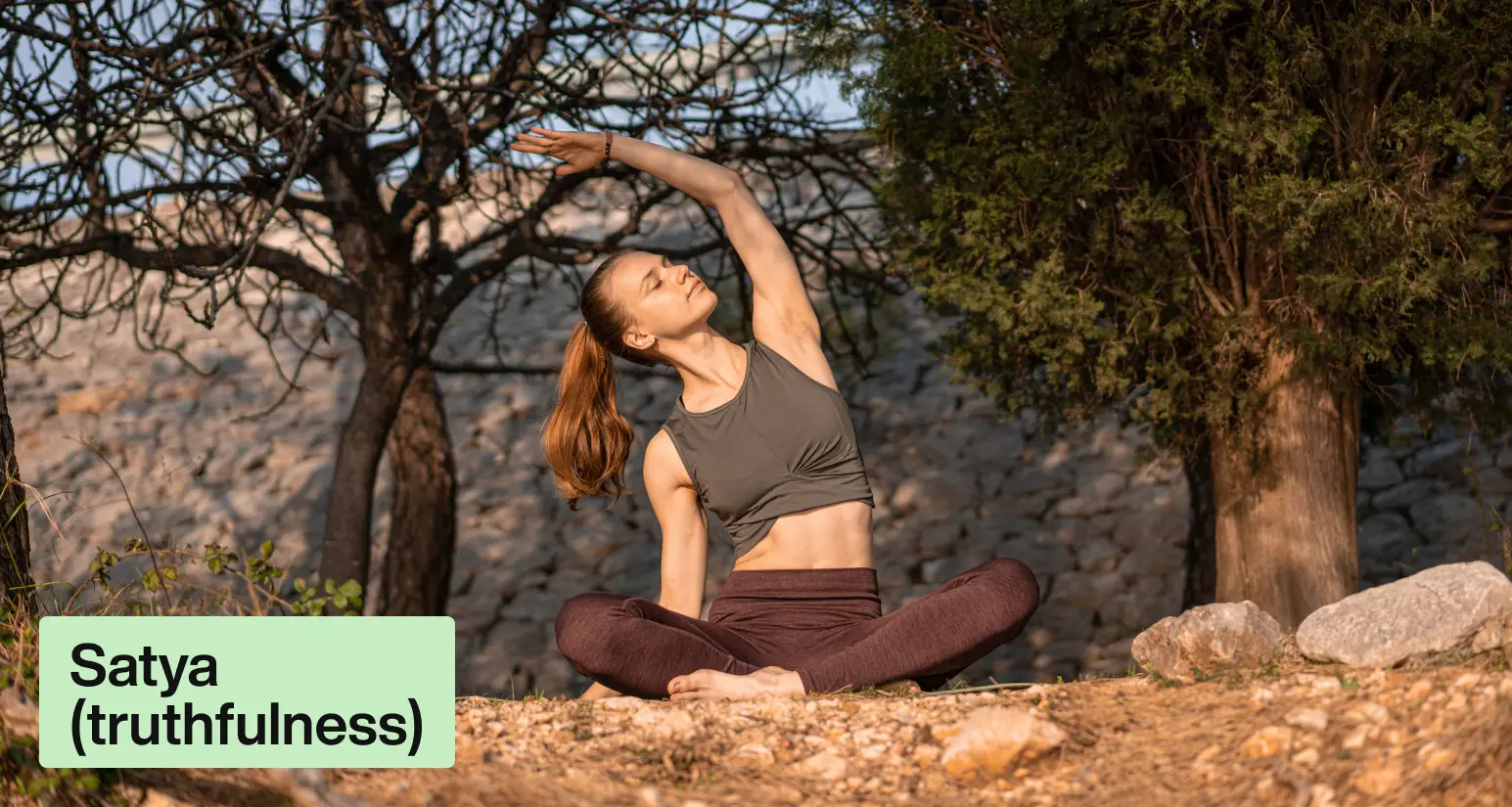
Asteya (non-stealing)
Respecting the possessions and boundaries of others and abstaining from theft.
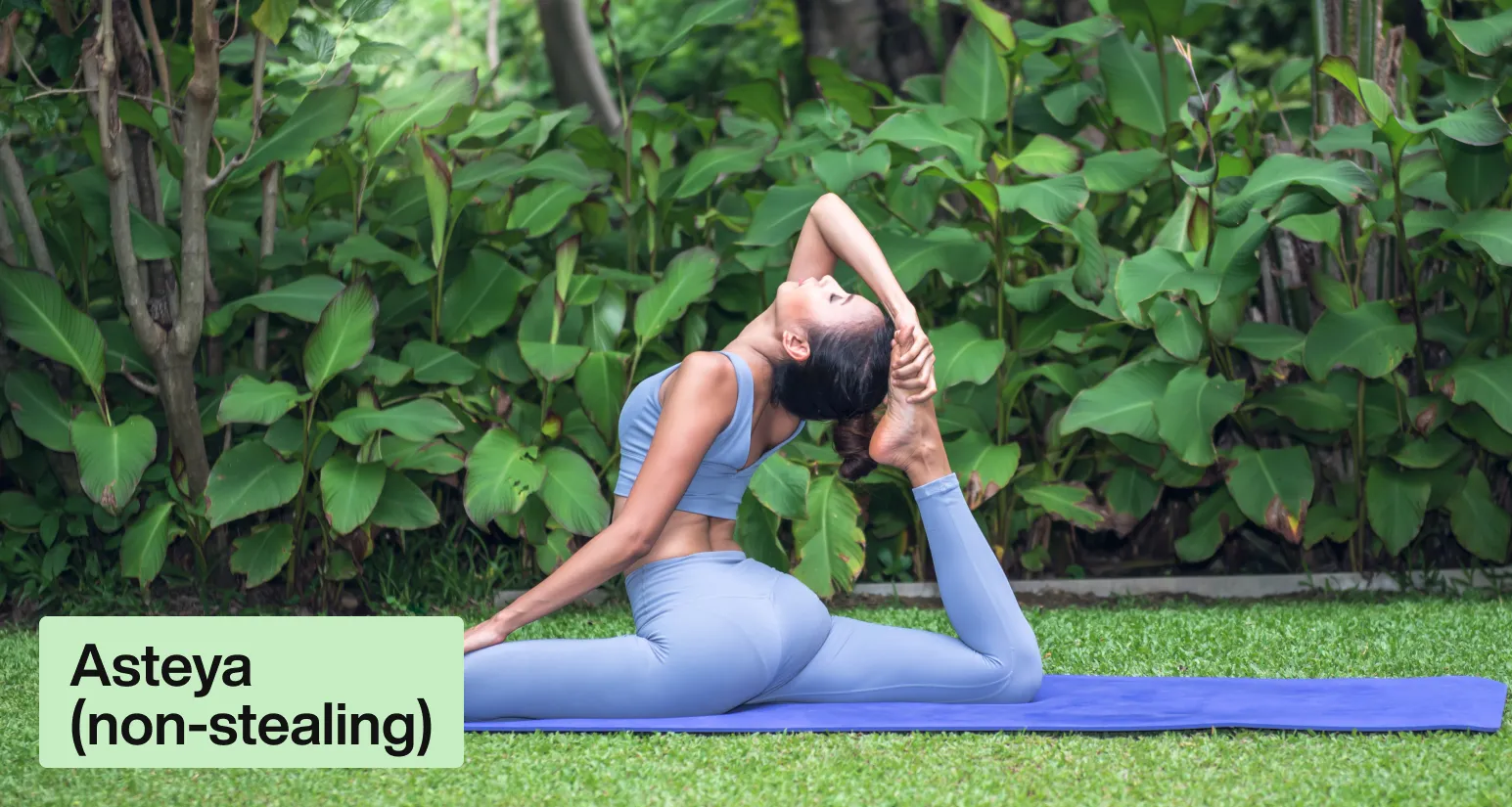
Brahmacharya (moderation)
Exercising self-restraint and balance in all aspects of life, including sexuality and consumption.
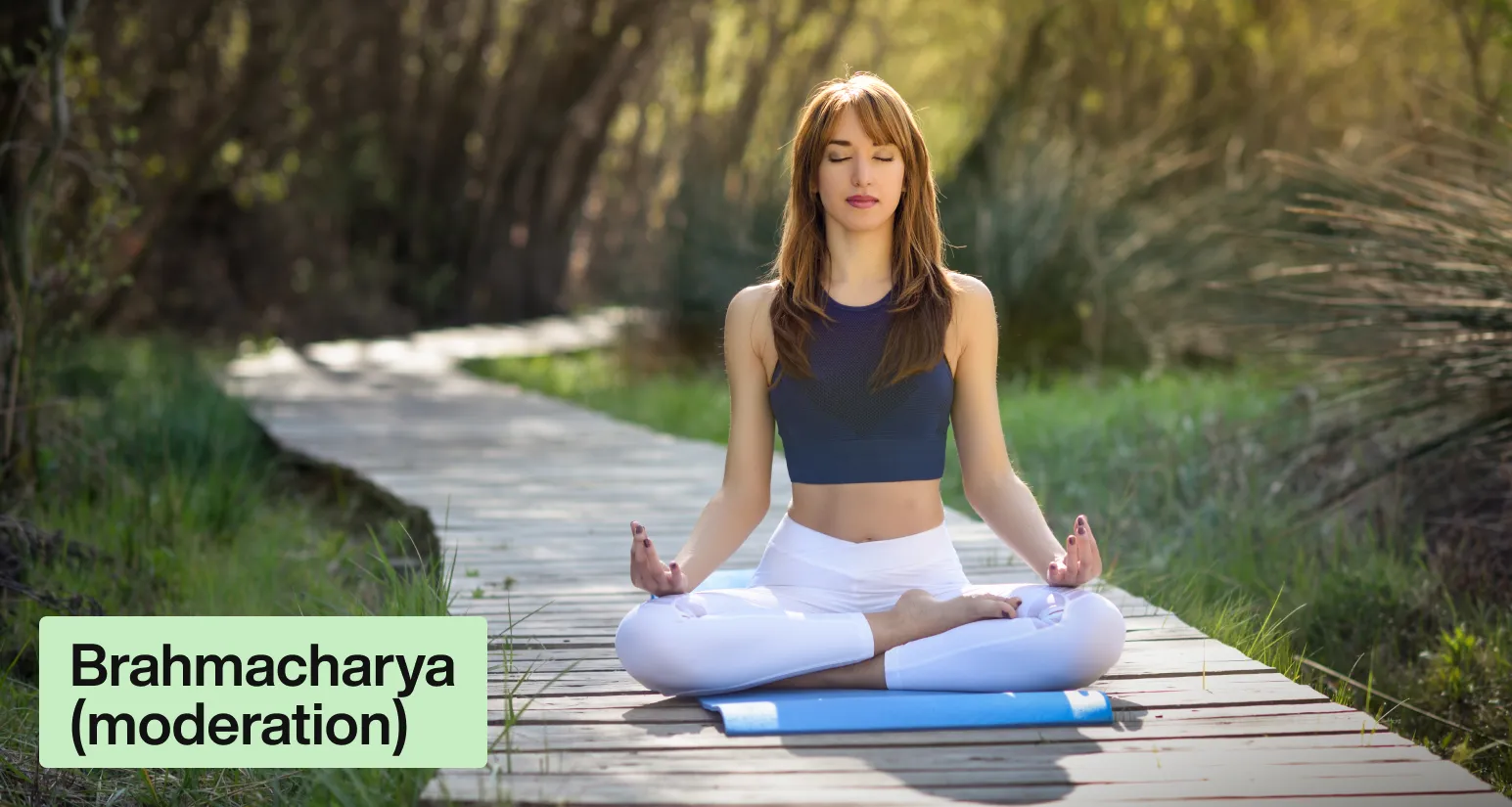
Aparigraha (non-possessiveness)
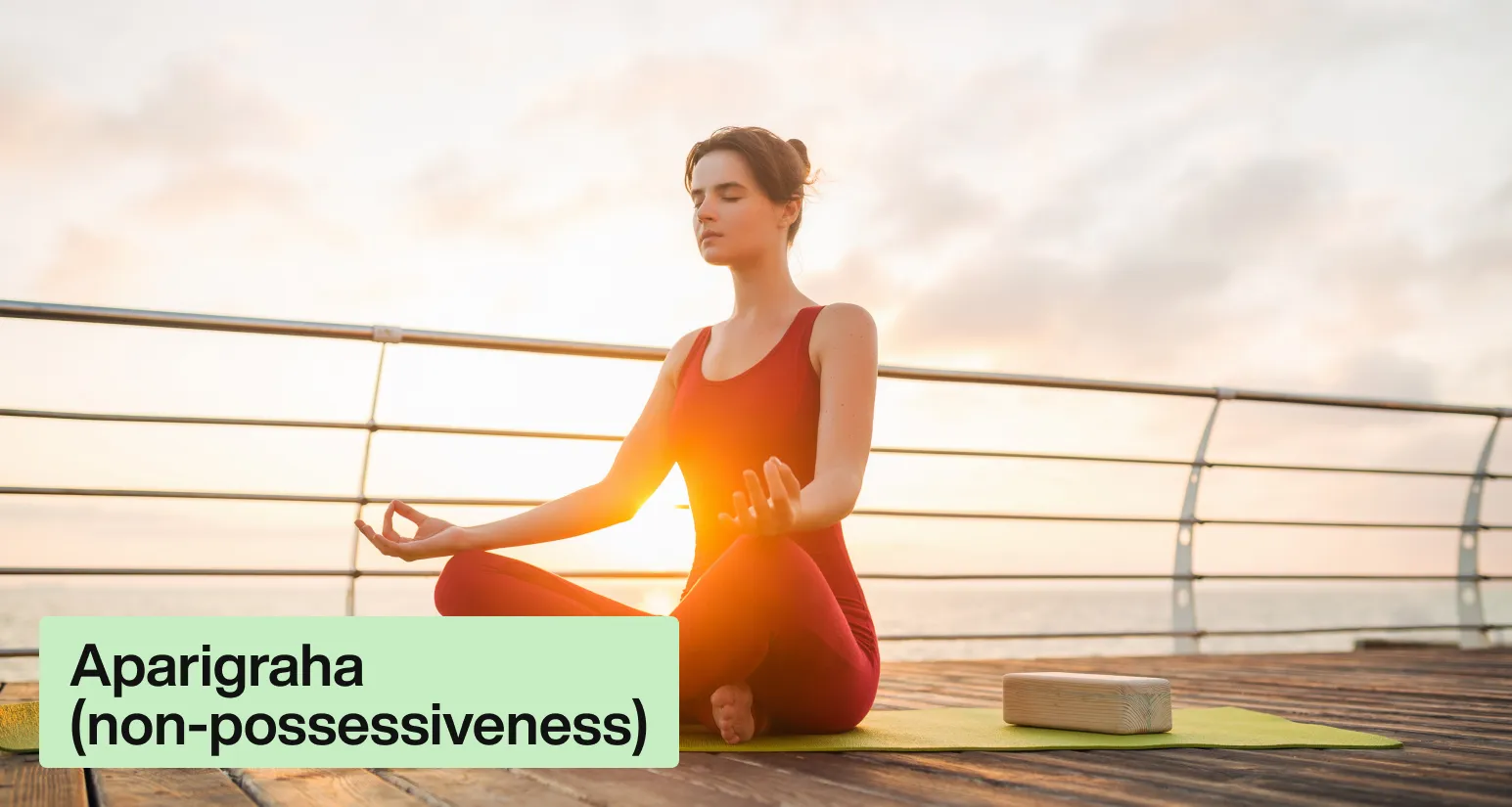
Letting go of attachment to material possessions and cultivating contentment with what one has.
Niyamas
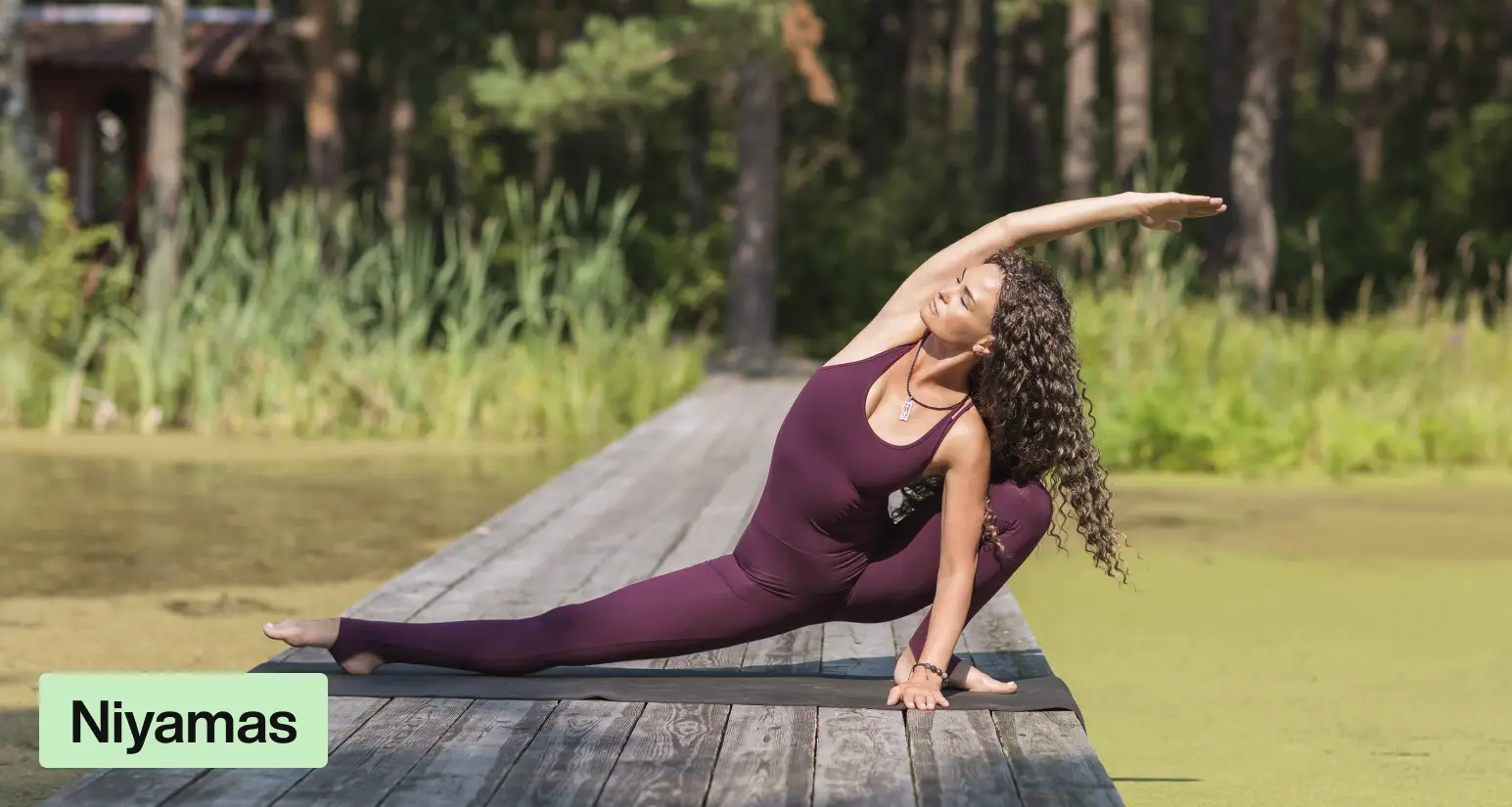
The second limb comprises five observances or personal disciplines that foster self-awareness, self-care, and spiritual growth. They include:
Saucha (purity)
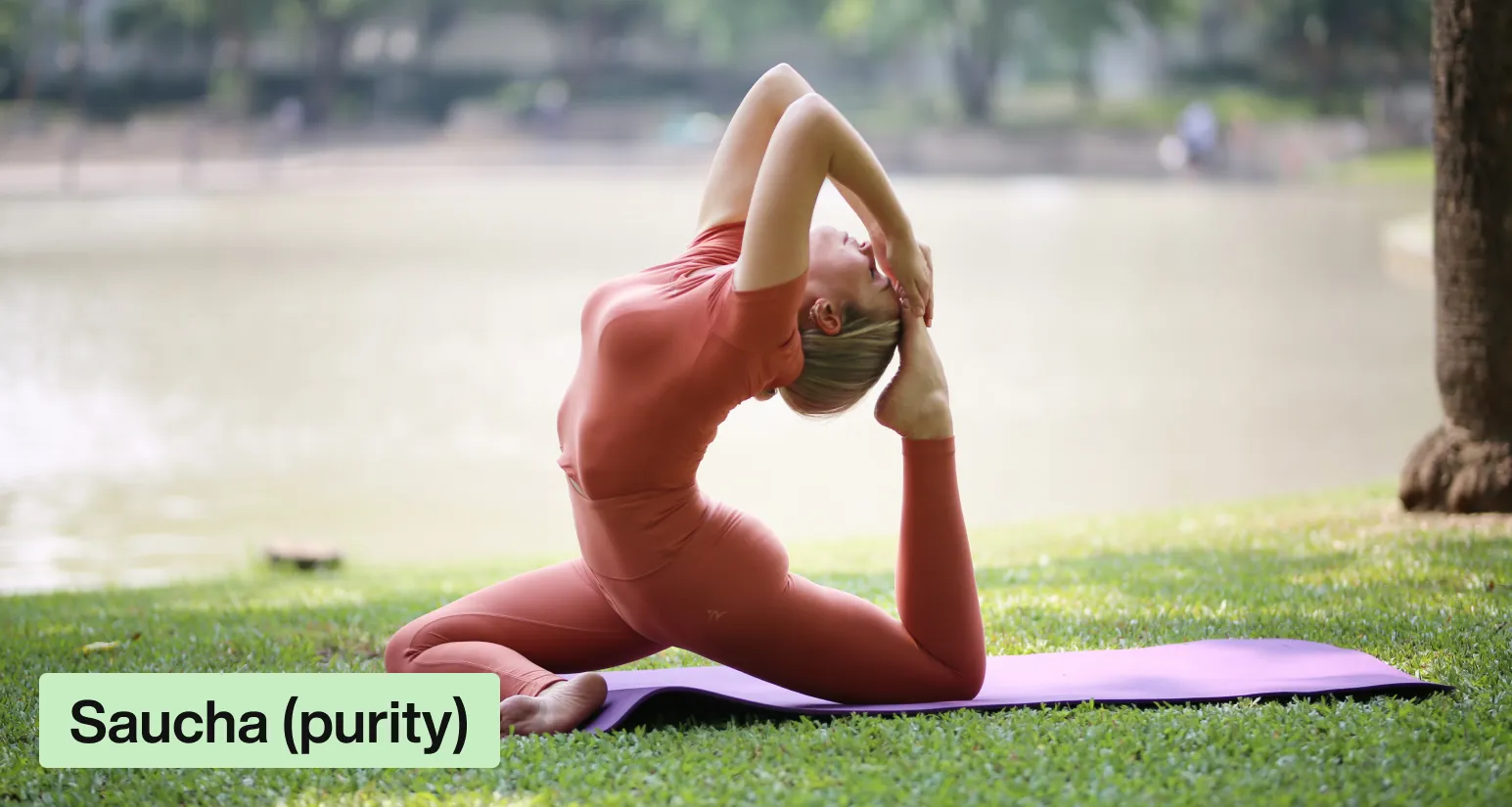
Purifying the body, mind, and environment through cleanliness and healthy habits.
Santosha (contentment)
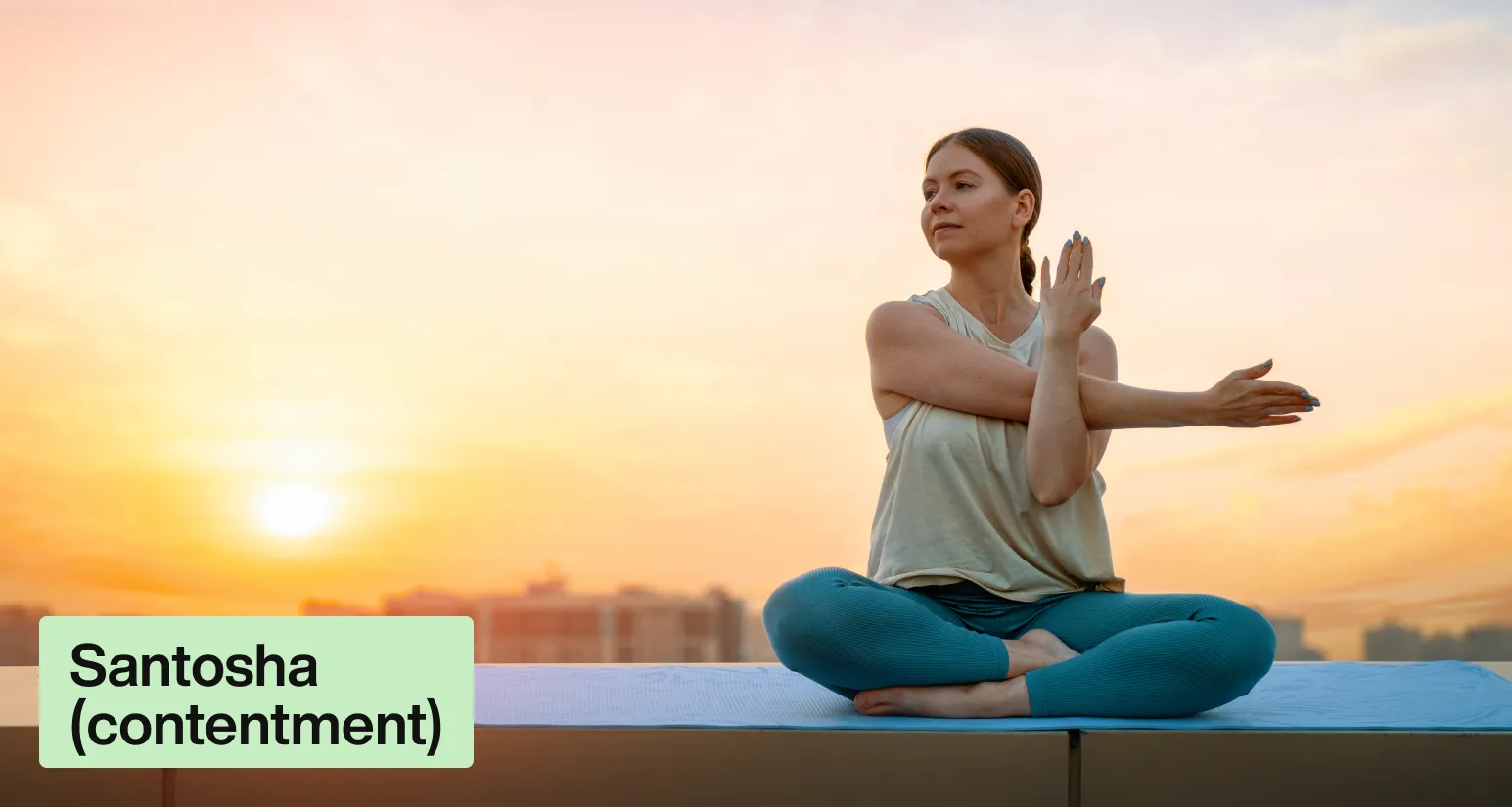
Cultivating gratitude and acceptance for the present moment and one’s circumstances.
Tapas (self-discipline)
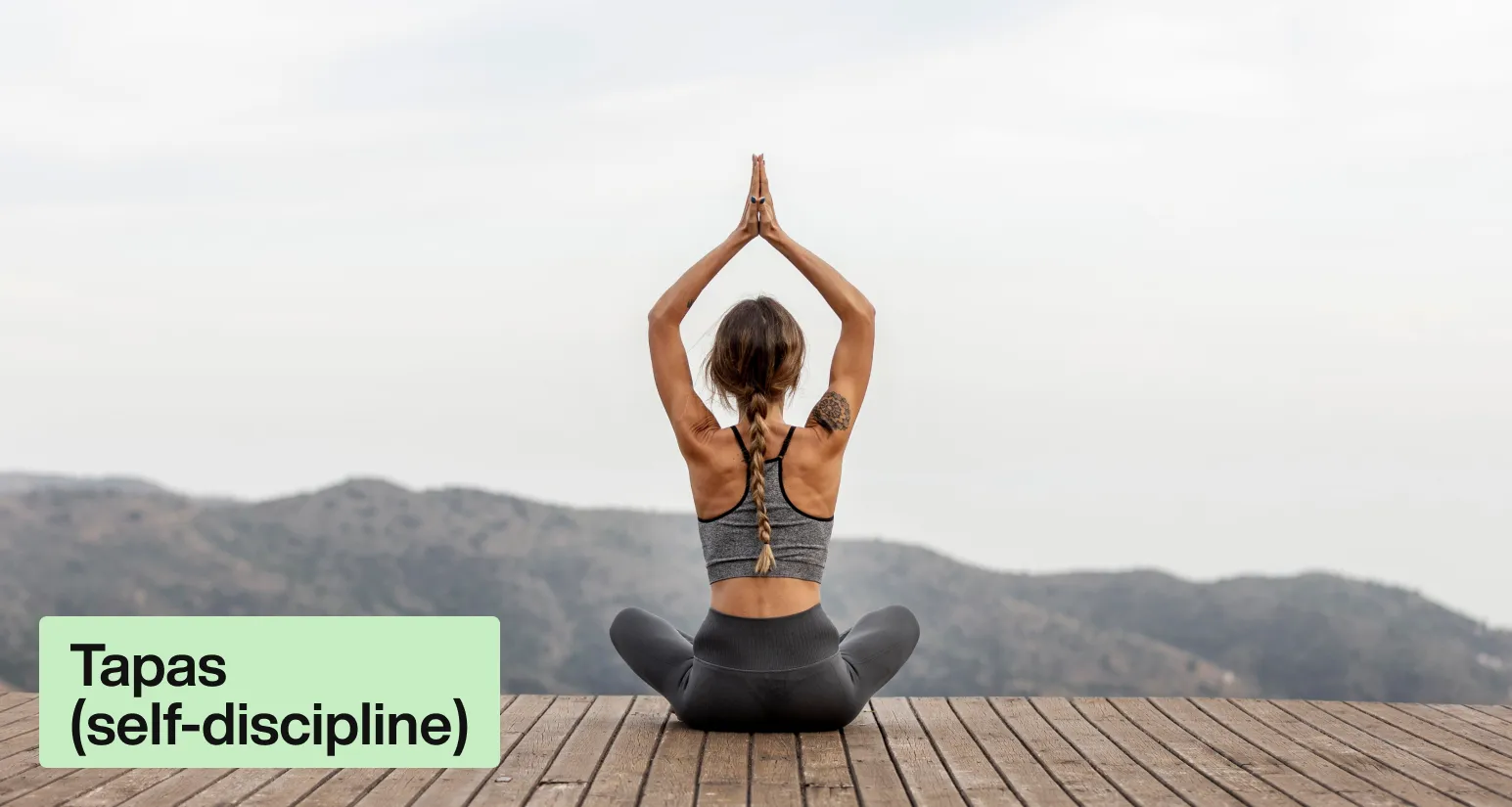
Cultivating inner fire and determination to overcome obstacles and pursue one’s goals.
Svadhyaya (self-study)
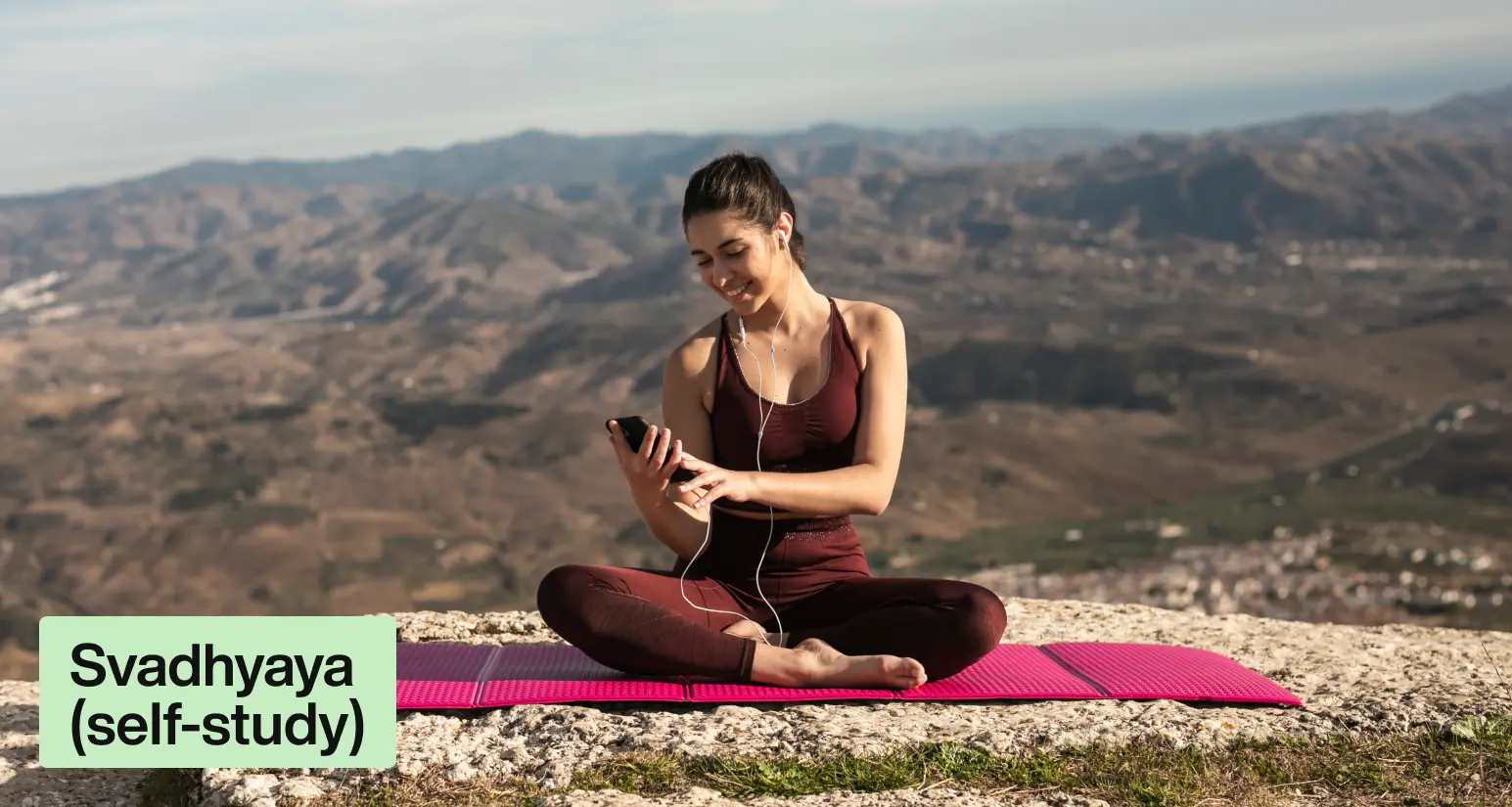
Engaging in self-reflection, study of sacred texts, and exploration of inner wisdom.
Ishvara Pranidhana (surrender to the divine)
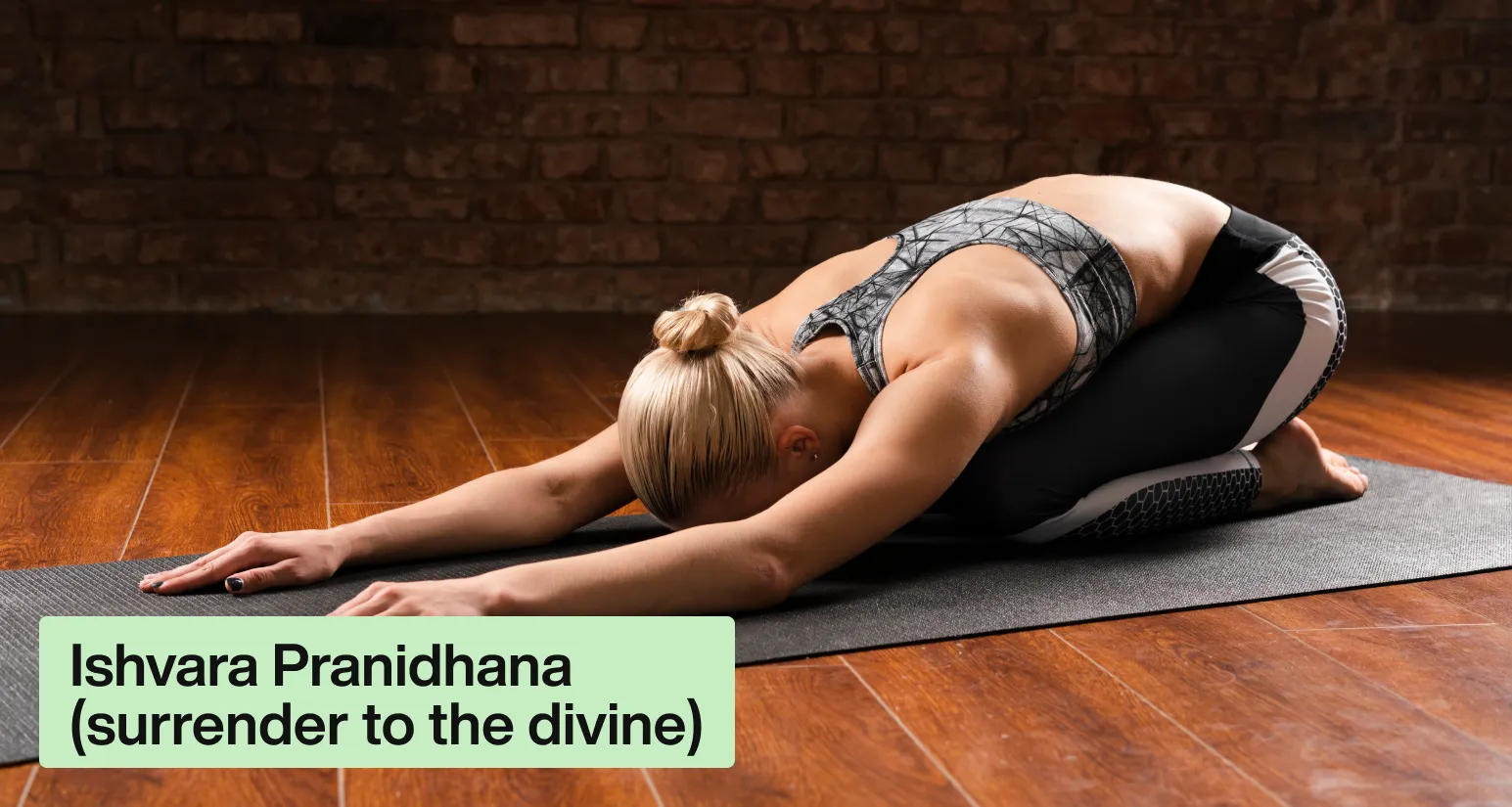
Surrendering the ego and aligning one’s actions with the greater cosmic order.
Asanas
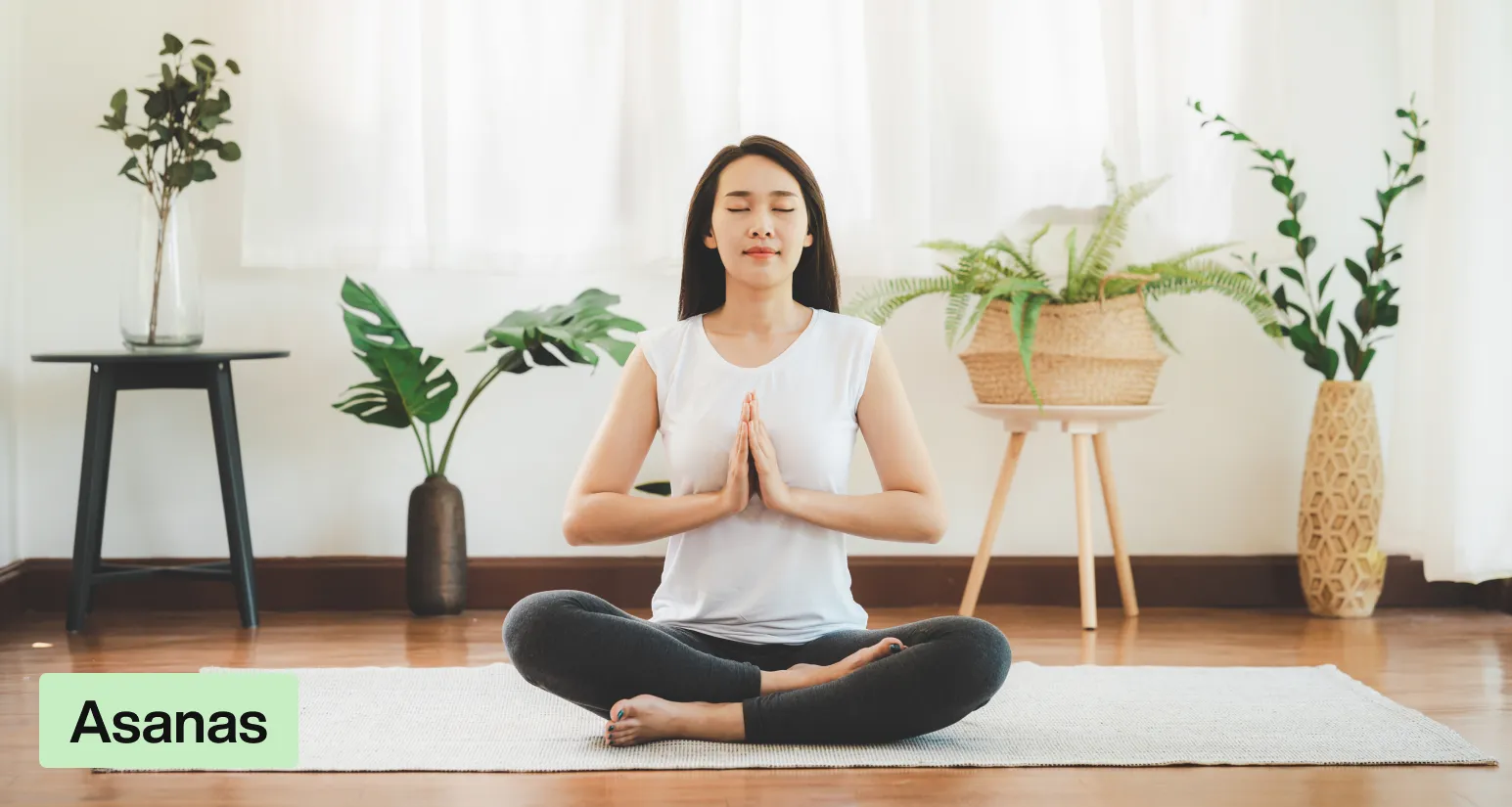
The third limb refers to physical postures practised in yoga to develop strength, flexibility, and balance in the body. Asanas also serve as a foundation for meditation and spiritual practice.
Pranayama
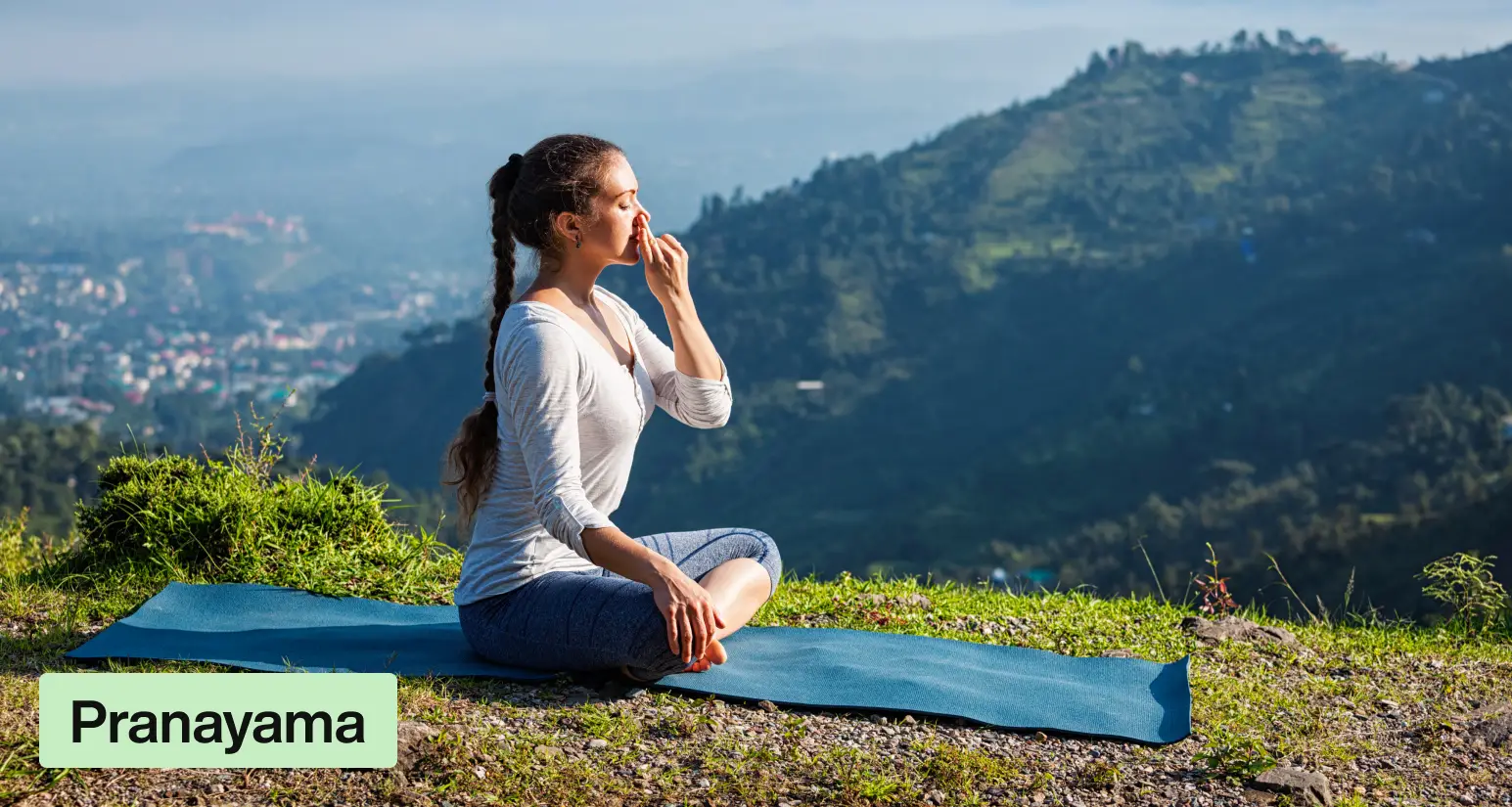
The fourth limb involves breath control techniques that regulate the flow of prana (life force energy) in the body. Pranayama practices help calm the mind, increase vitality, and enhance mental clarity.
Pratyahara
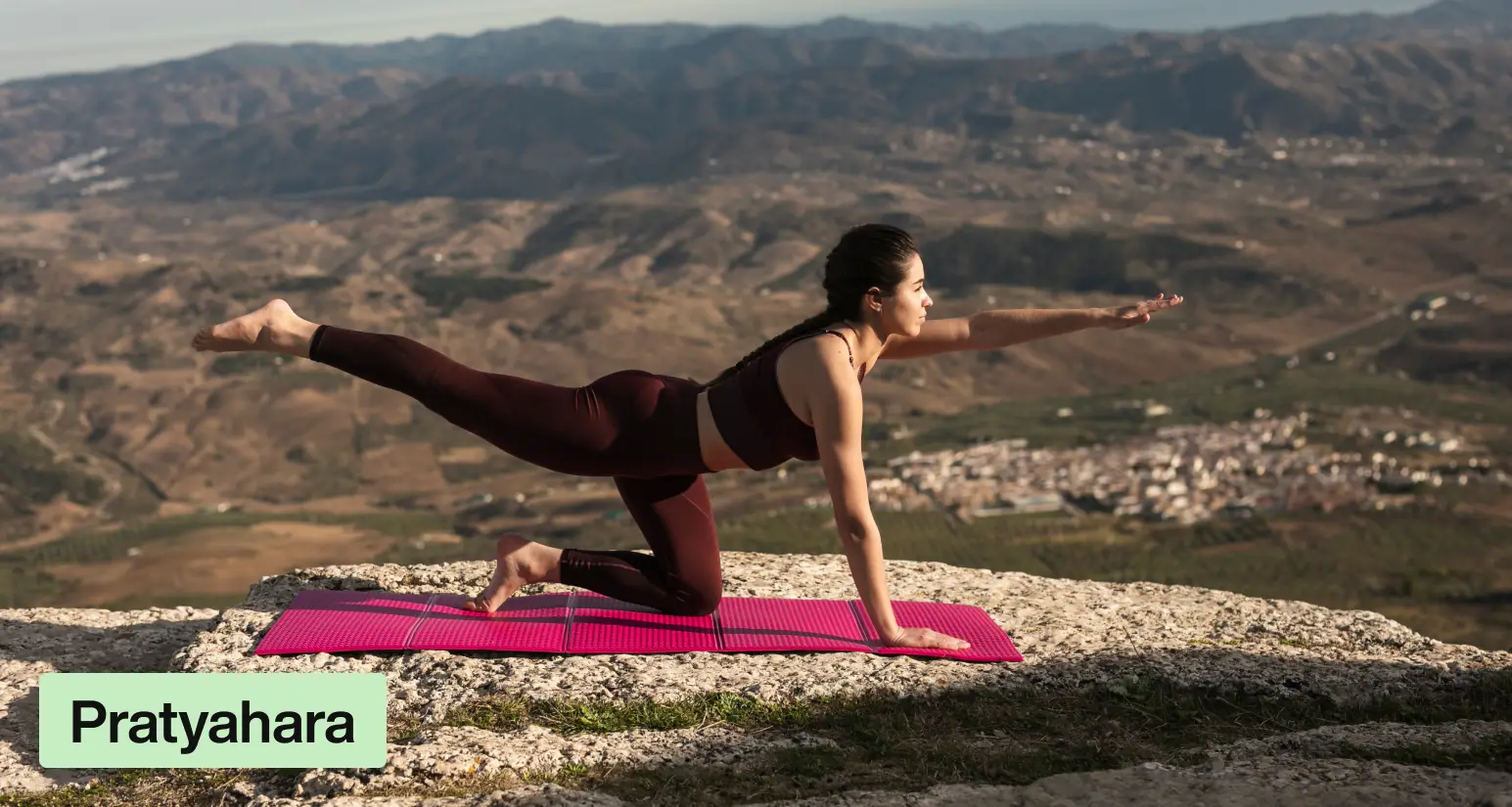
The fifth limb is the withdrawal of the senses from external stimuli, allowing the practitioner to turn inward and cultivate inner awareness and concentration.
Dharana
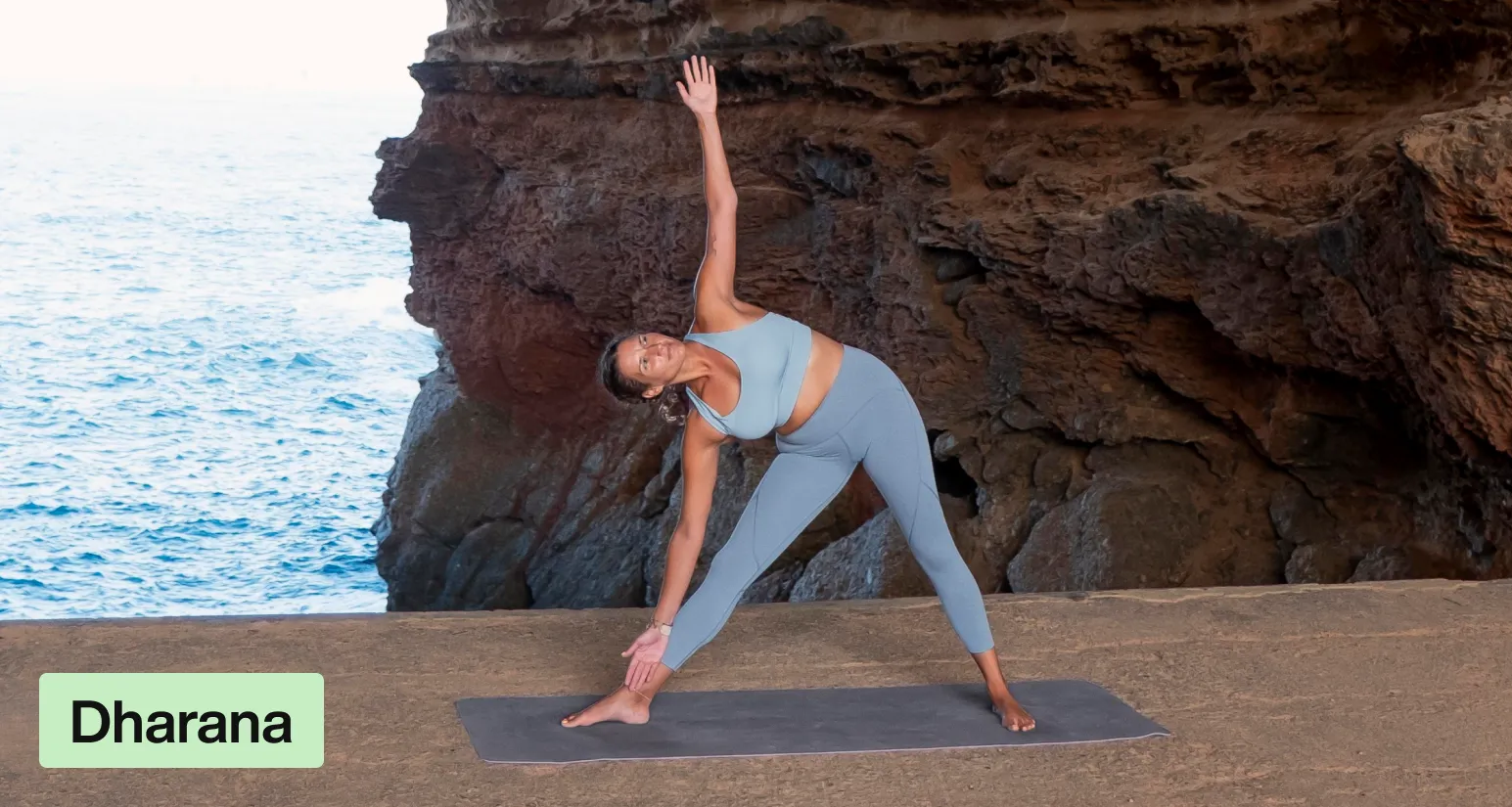
The sixth limb is concentration, the practice of focusing the mind on a single point or object of meditation. Dharana prepares the mind for deeper states of meditation.
Dhyana
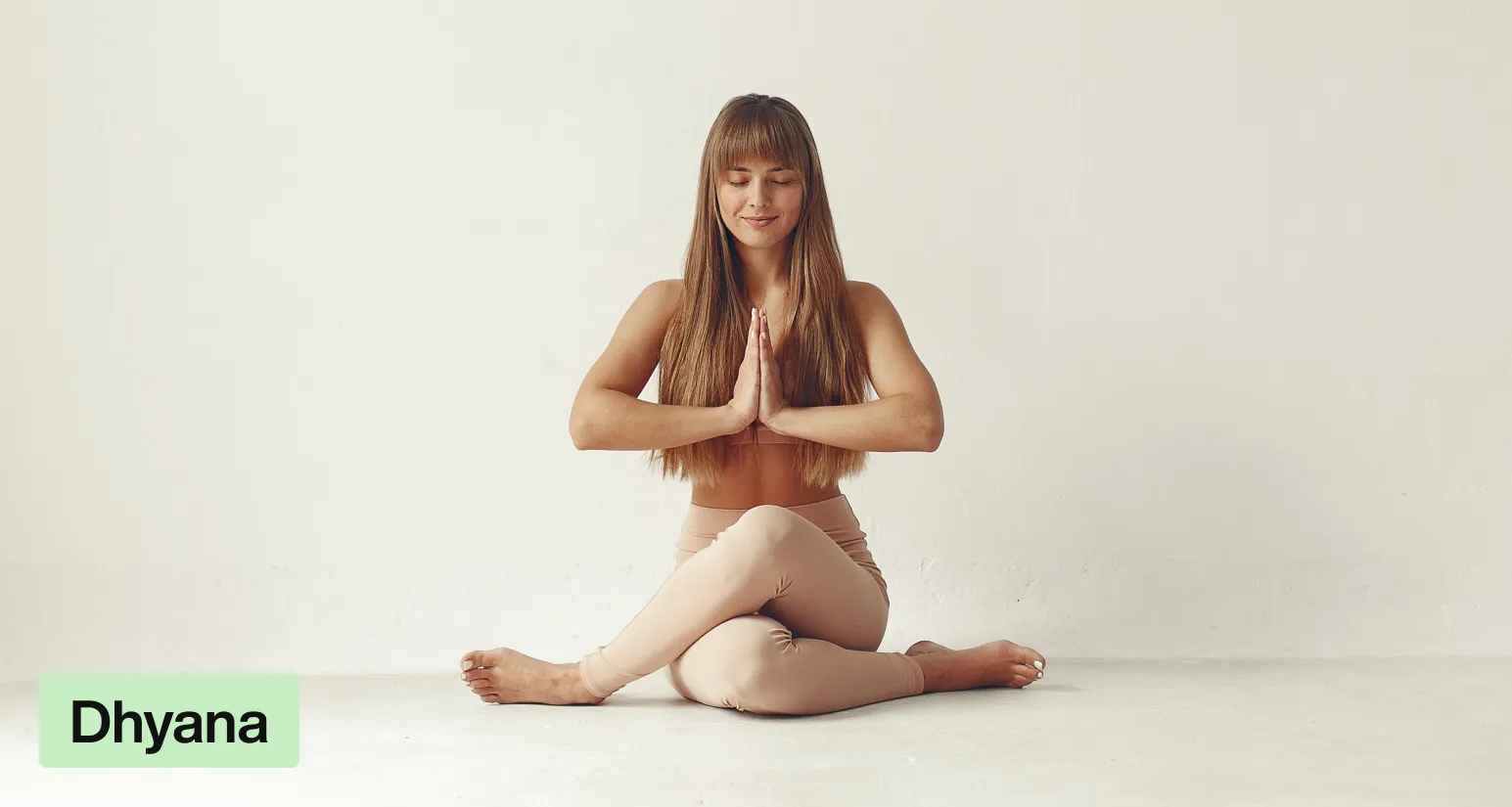
The seventh limb is meditation, the uninterrupted flow of awareness towards a chosen object or state of consciousness. Dhyana leads to profound states of inner peace, clarity, and insight.
Samadhi
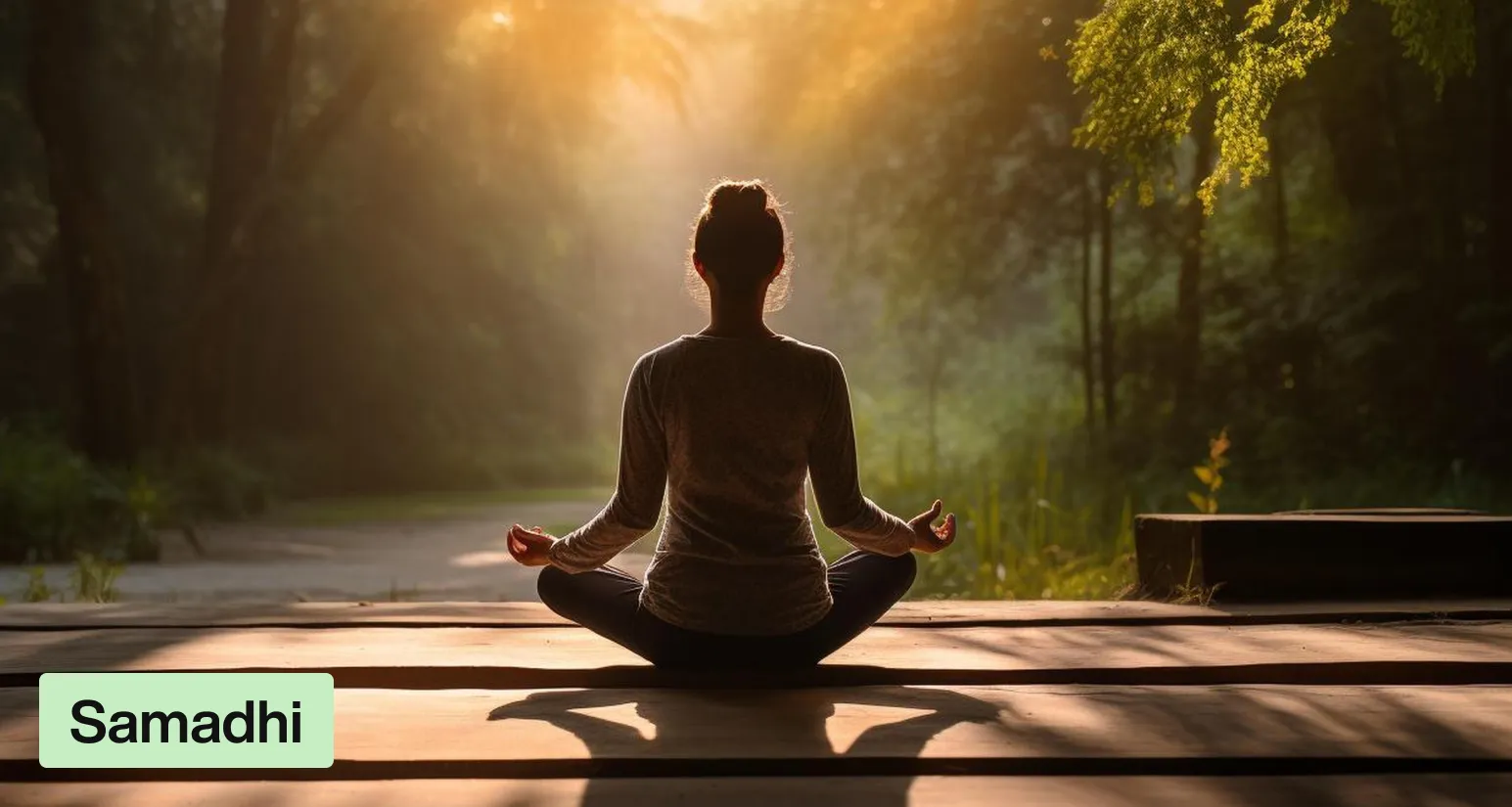
The eighth and final limb is samadhi, the culmination of the yogic path, where the practitioner experiences a state of union with the divine or ultimate reality. Samadhi is a state of profound bliss, transcendence, and liberation from the ego.
Physical Practice/Asanas
Physical practice, or asanas, is a fundamental component of yoga that focuses on the cultivation of strength, flexibility, and balance in the body. Various styles of yoga emphasize different aspects of physical practice, each offering unique benefits and experiences. Let’s explore some of the popular styles of yoga:
Hatha Yoga
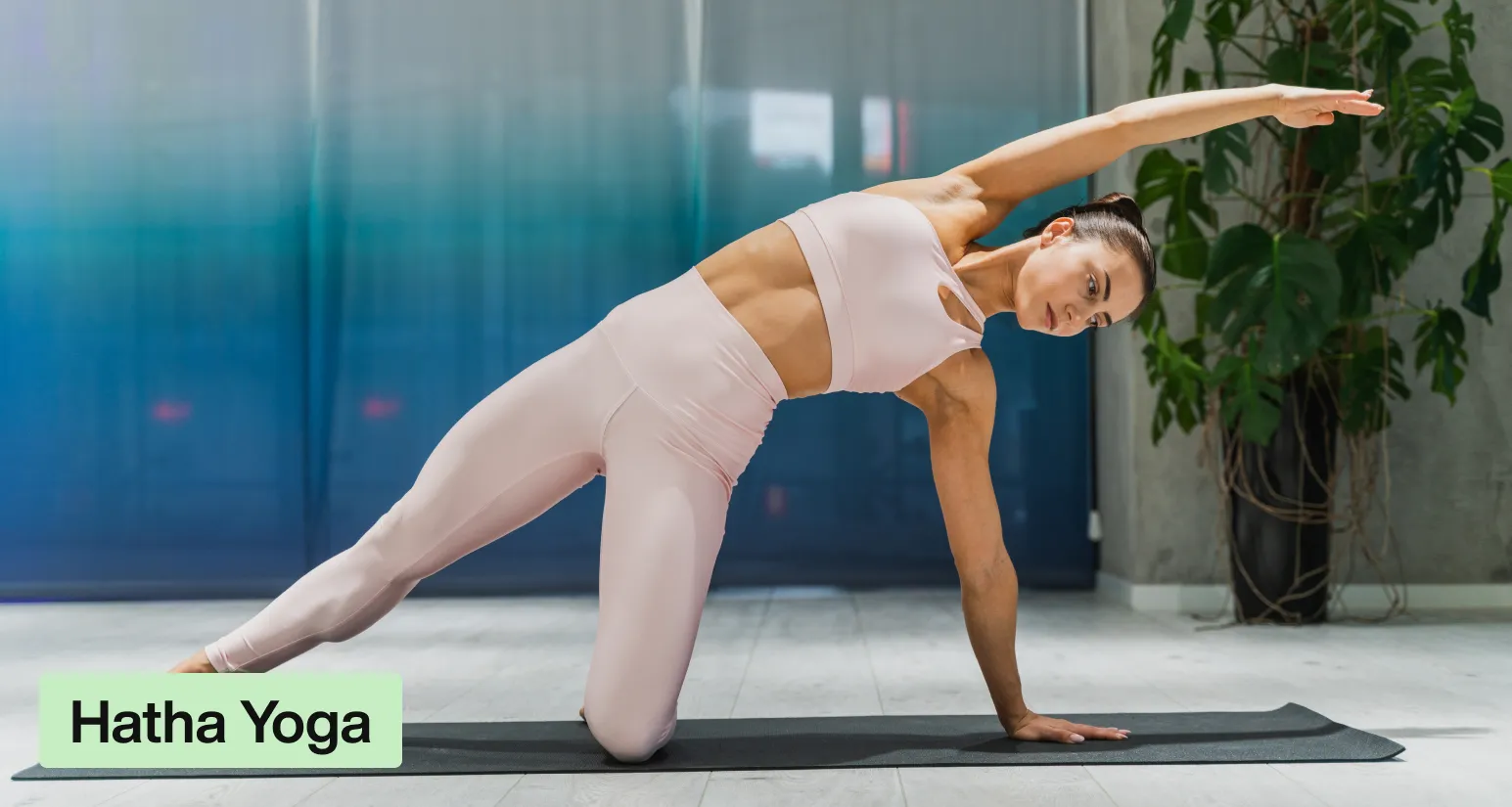
Hatha Yoga is one of the most traditional forms of yoga and serves as the foundation for many modern yoga styles. It emphasizes the practice of physical postures (asanas) and breath control (pranayama) to align the body, mind, and spirit. Hatha Yoga classes typically involve a slower-paced practice with an emphasis on proper alignment and mindful movement.
Vinyasa Yoga
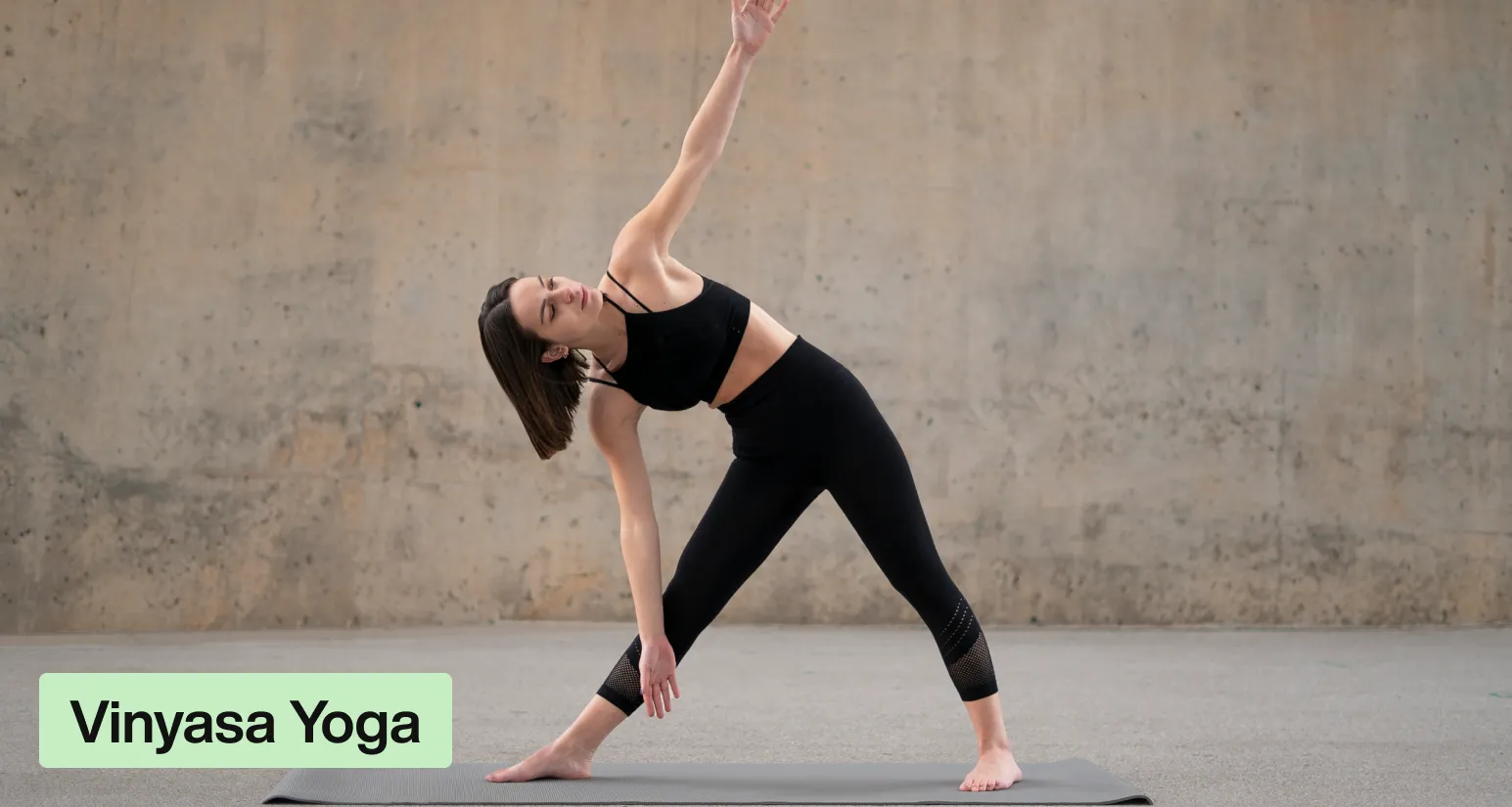
Vinyasa Yoga is a dynamic and fluid style of yoga that synchronizes breath with movement. In Vinyasa classes, practitioners flow through a series of poses in a continuous, flowing sequence, linking each movement with the breath. Vinyasa Yoga builds strength, endurance, and cardiovascular fitness while promoting a sense of fluidity and grace.
Bikram Yoga
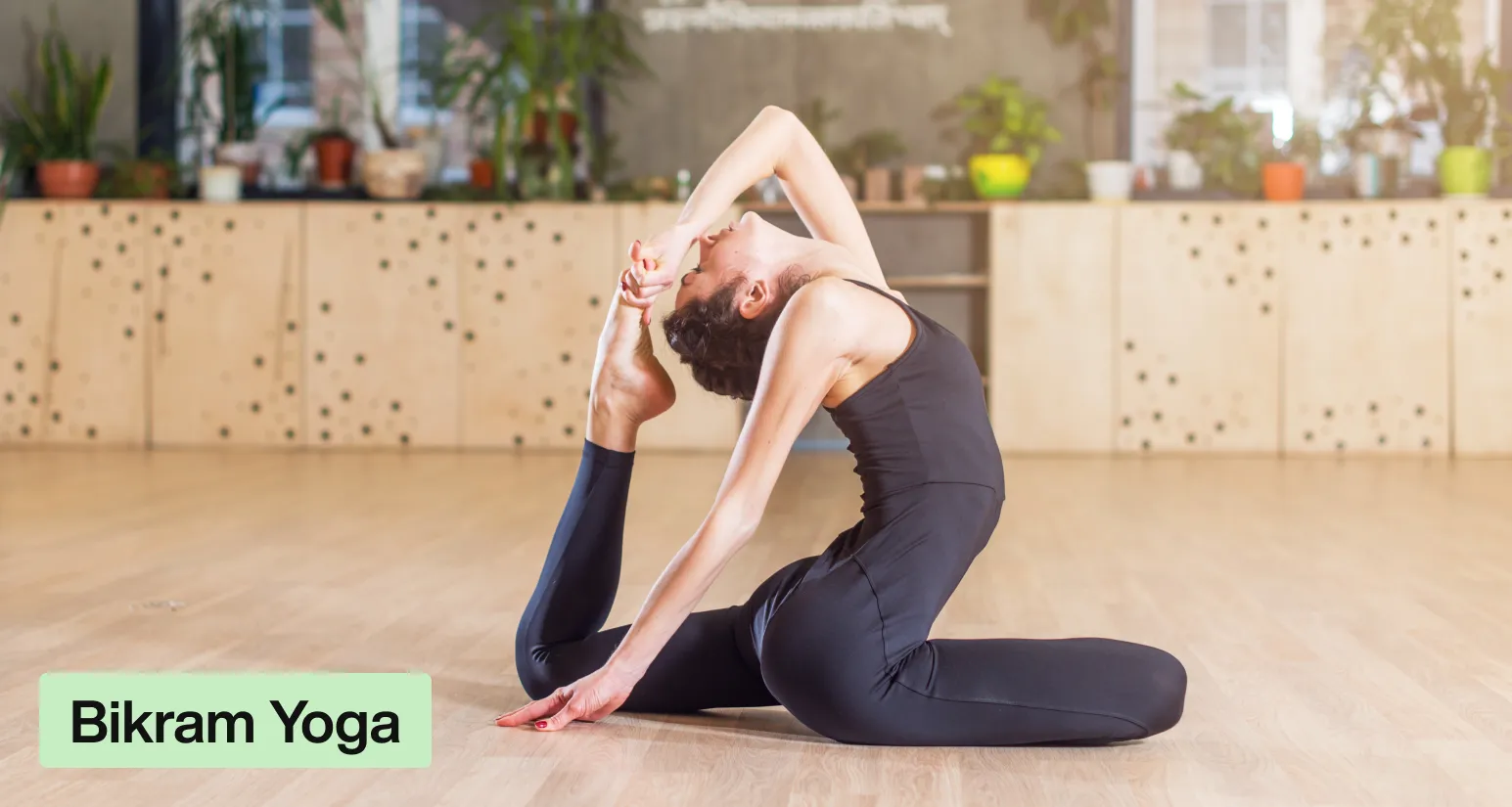
Bikram Yoga, also known as hot yoga, is practised in a heated room with temperatures typically ranging from 95 to 105 degrees Fahrenheit.
The sequence consists of 26 poses and two breathing exercises, performed in a specific order. The heat is believed to increase flexibility, detoxify the body, and promote deeper stretching and relaxation.
Restorative Yoga
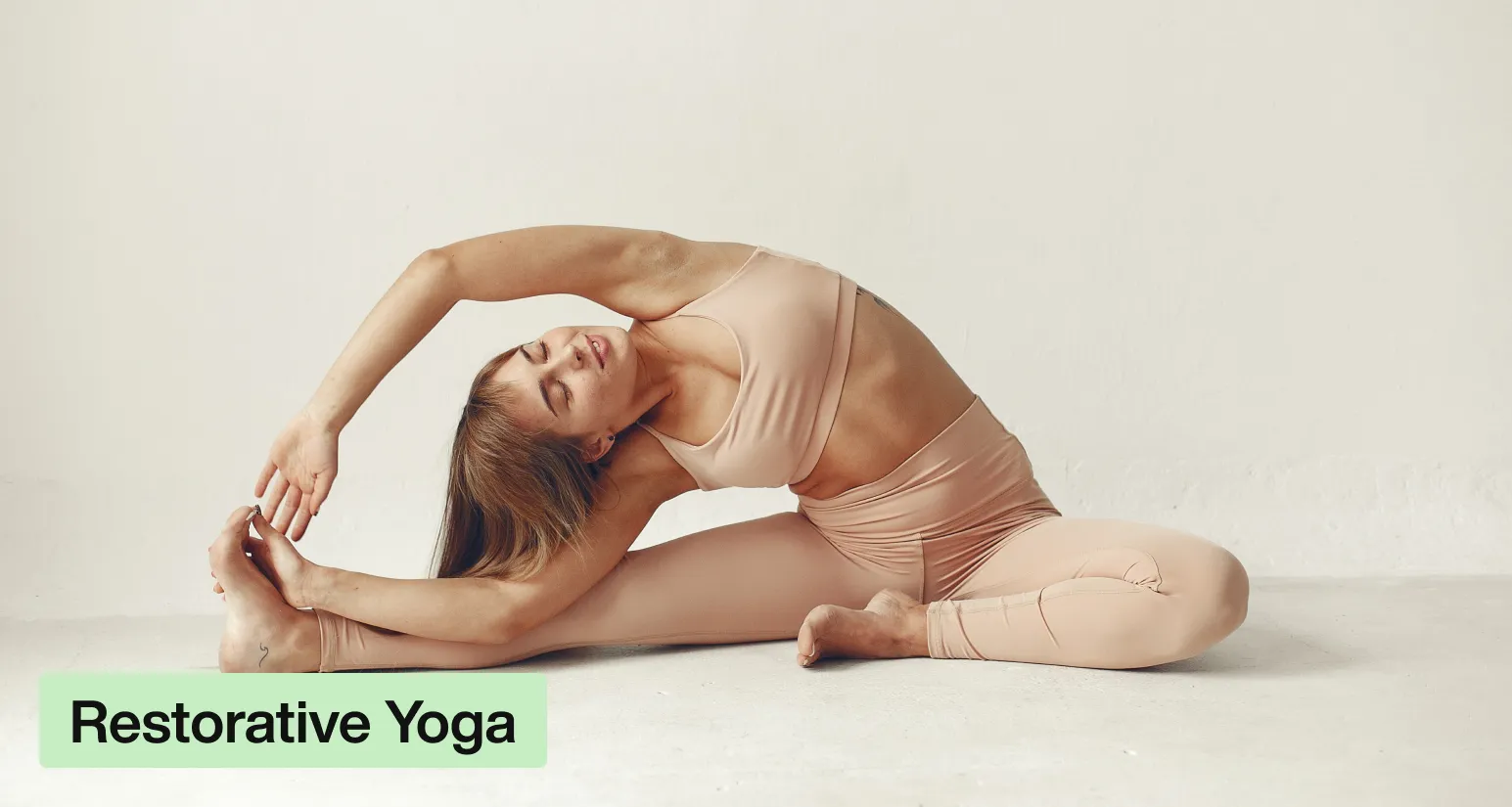
Restorative Yoga is a gentle and therapeutic style of yoga that focuses on relaxation and stress relief.
In Restorative classes, practitioners use props such as bolsters, blankets, and blocks to support the body in passive poses, allowing for deep relaxation and restoration. Restorative Yoga is beneficial for reducing tension, promoting healing, and inducing a state of deep relaxation.
Kundalini Yoga
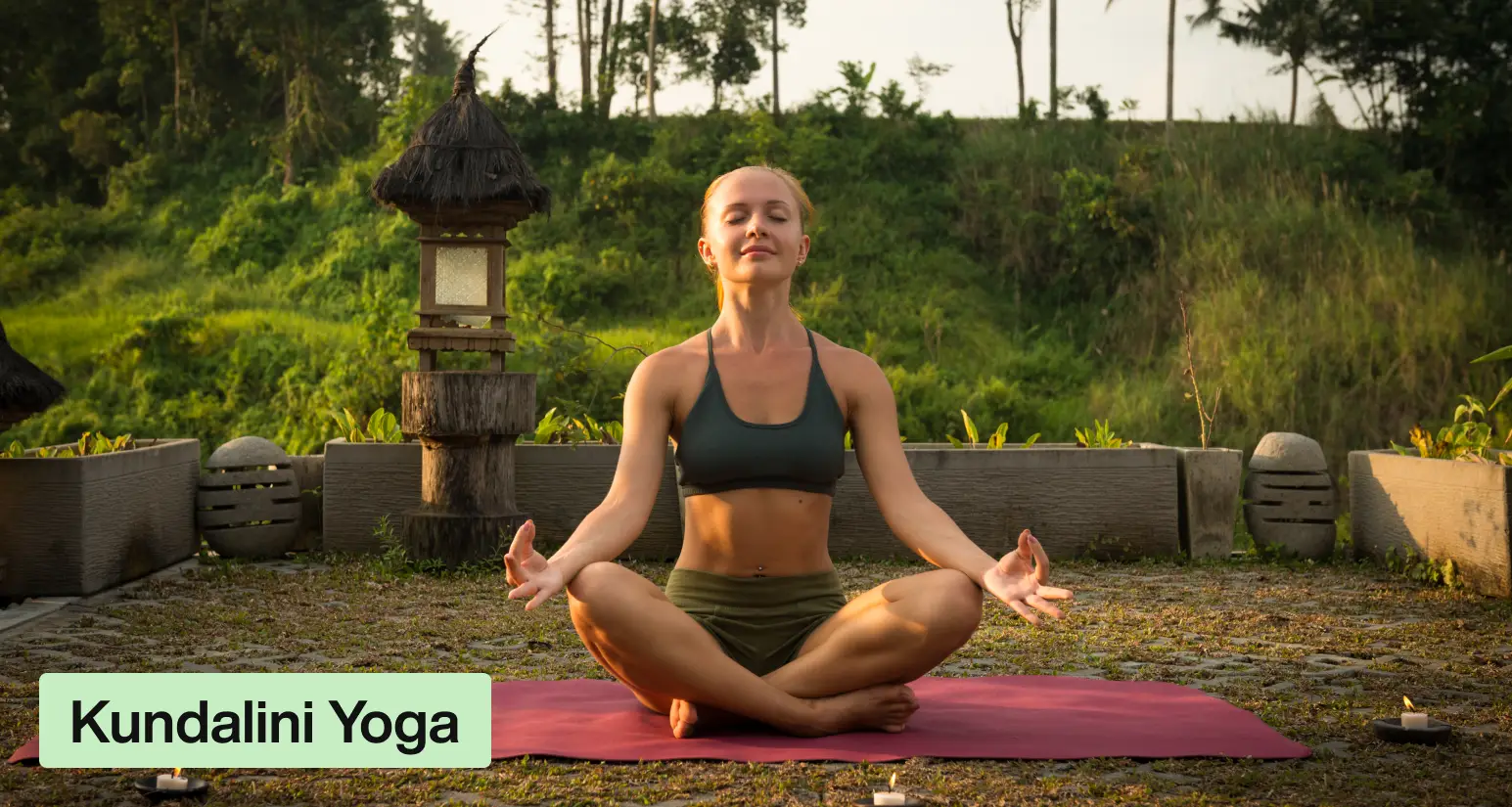
Kundalini Yoga is a dynamic and transformative practice that combines physical postures, breathwork, chanting, and meditation to awaken the dormant energy (kundalini) within the body.
Kundalini classes typically involve a sequence of poses called kriyas, along with specific breathing techniques (pranayama) and meditation practices. Kundalini Yoga aims to clear energy blockages, expand consciousness, and cultivate vitality and inner strength.
Each style of yoga offers its unique approach to physical practice, catering to different needs, preferences, and goals. Whether you’re looking to build strength, increase flexibility, reduce stress, or deepen your spiritual practice, there’s a style of yoga that’s right for you.
Benefits of Asana Practice
The practice of yoga asanas, or physical postures, offers a multitude of benefits for the body, mind, and spirit. Here are some of the key benefits of incorporating asana practice into your routine:
Improved Flexibility: Regular practice of yoga asanas helps to increase flexibility by stretching and elongating the muscles, tendons, and ligaments. Improved flexibility enhances the range of motion, reduces the risk of injury, and promotes better overall physical function.
Increased Strength: Many yoga asanas require the engagement of muscles throughout the body, leading to increased strength and muscle tone. By practising weight-bearing poses such as the plank, downward-facing dog, and warrior poses, you can build strength in the arms, legs, core, and back.
Better Posture: Yoga asanas help to improve posture by strengthening the muscles that support the spine and promoting proper alignment of the body. Regular practice can alleviate muscular imbalances, reduce tension in the neck and shoulders, and encourage a more upright and balanced posture.
Enhanced Balance and Stability: Asanas that challenge balance, such as tree pose, eagle pose, and standing splits, help to improve proprioception and coordination. By practising balance poses, you can enhance stability, prevent falls, and cultivate a greater sense of body awareness.
Stress Reduction: The mindful movement and focused attention required in yoga asana practice promote relaxation and stress reduction. As you move through the poses and synchronize your breath with movement, you activate the body’s relaxation response, calming the nervous system and reducing stress hormones.
Increased Energy and Vitality: Yoga asanas stimulate the flow of prana (life force energy) throughout the body, leaving you feeling energized and revitalized. By practising invigorating poses such as backbends, twists, and standing poses, you can boost circulation, oxygenate the blood, and enhance vitality.
Enhanced Body Awareness: Asana practice cultivates greater awareness of the body, breath, and sensations, fostering a deeper connection between mind and body. By tuning into the physical sensations and subtle cues of the body, you can develop a more intuitive understanding of your physical and emotional needs.
Mindfulness and Presence: Yoga asana practice encourages mindfulness and present-moment awareness by anchoring attention to the sensations of the body and breath. By practising with focused attention and non-judgmental awareness, you can cultivate a sense of presence, clarity, and inner peace.
Pranayama Techniques
Pranayama, or breath control techniques, are an integral part of yoga practice that focuses on regulating the breath to enhance physical, mental, and spiritual well-being. Here are three common pranayama techniques:
Ujjayi Breathing
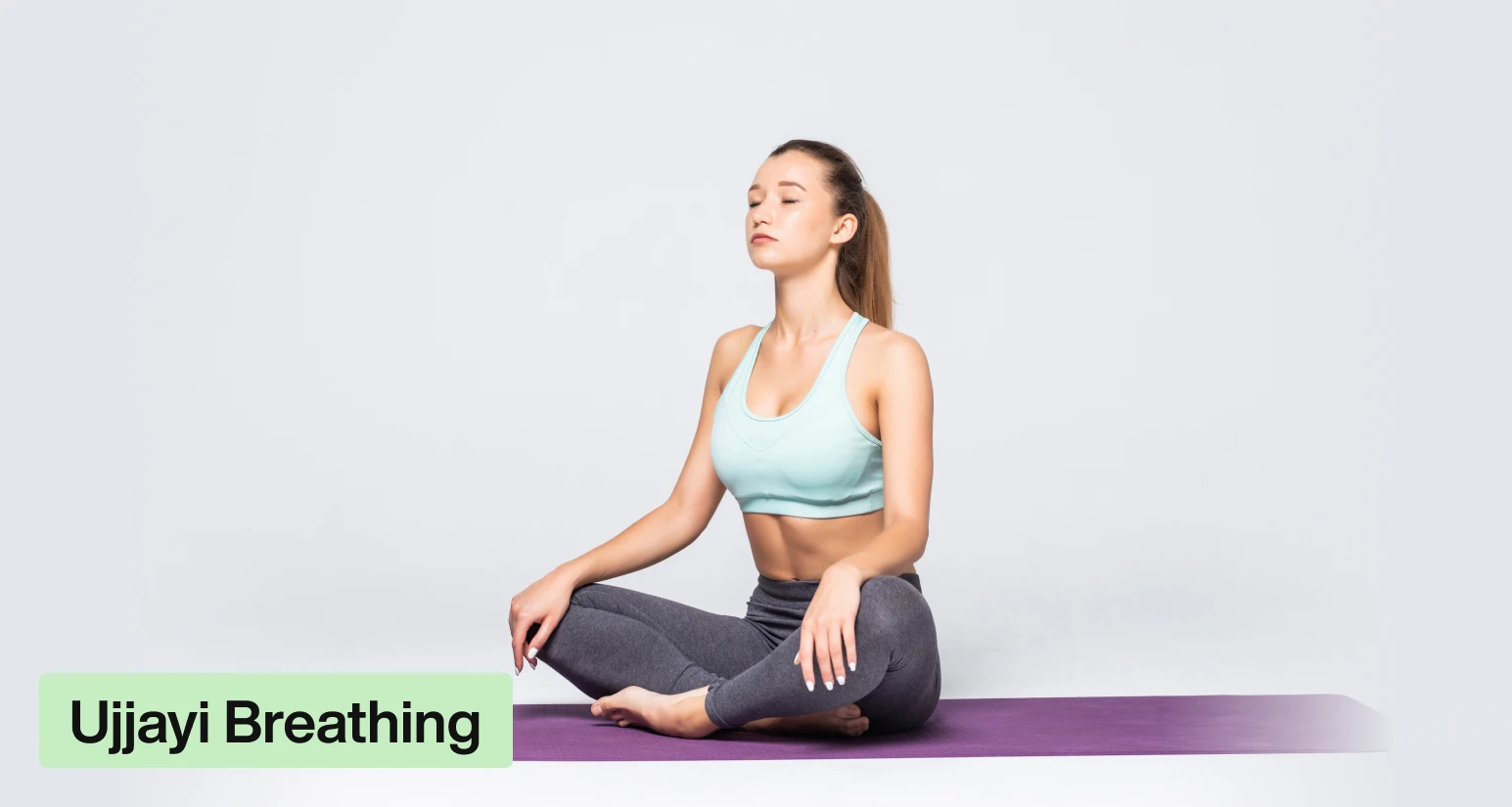
Ujjayi breath, also known as “Victorious Breath” or “Ocean Breath,” is a deep, rhythmic breathing technique that involves constricting the throat to create a soft, audible sound during inhalation and exhalation. Ujjayi breath helps to lengthen and deepen the breath, increase oxygenation of the blood, and calm the mind. It also creates a soothing, meditative rhythm that enhances focus and concentration during yoga practice.
Kapalabhati (Skull-Shining Breath)
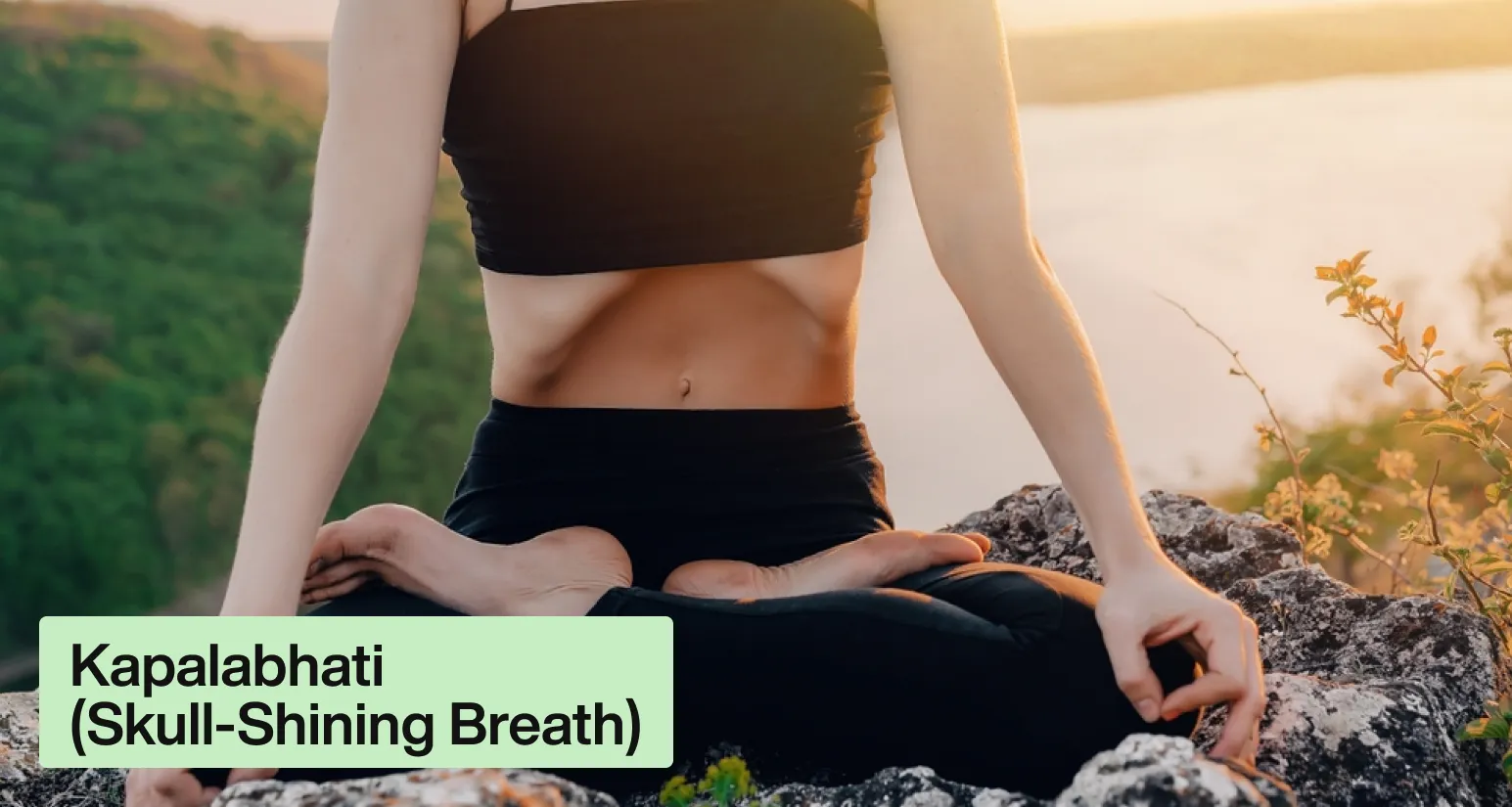
Kapalabhati is a dynamic breathing technique that involves rapid, forceful exhalations followed by passive inhalations. The emphasis is on the exhalation, which is generated by forcefully contracting the abdominal muscles.
Kapalabhati breath helps to cleanse the respiratory system, increase circulation, and invigorate the body and mind. It also stimulates the digestive organs, aids in detoxification, and promotes mental clarity and alertness.
Alternate Nostril Breathing (Nadi Shodhana)

Nadi Shodhana is a balancing pranayama technique that involves alternating the flow of breath between the left and right nostrils.
This technique is performed by using the fingers to close off one nostril while inhaling and exhaling through the other nostril, then switching sides.
Nadi Shodhana helps to balance the subtle energy channels (nadis) in the body, harmonize the left and right hemispheres of the brain, and promote a state of mental and emotional equilibrium.
It also calms the nervous system, reduces stress and anxiety, and enhances overall respiratory function.
Benefits of Pranayama
Pranayama practices offer a wide range of benefits for physical, mental, and emotional well-being. Here are some of the key benefits of incorporating pranayama into your yoga practice:
Stress Reduction: Pranayama techniques such as Ujjayi breathing and Nadi Shodhana help to activate the parasympathetic nervous system, promoting relaxation and reducing the body’s stress response. Regular practice of pranayama can help to alleviate anxiety, tension, and emotional imbalances.
Improved Respiratory Function: Pranayama practices strengthen the respiratory muscles, increase lung capacity, and enhance oxygenation of the blood.
By improving respiratory function, pranayama can help to alleviate respiratory conditions such as asthma, bronchitis, and allergies.
Enhanced Mental Clarity: Pranayama techniques promote mental clarity, focus, and concentration by calming the mind and reducing mental chatter.
By regulating the breath and balancing the flow of prana, pranayama helps to quiet the fluctuations of the mind and cultivate a state of inner peace and clarity.
Increased Energy and Vitality: Pranayama practices stimulate the flow of prana (life force energy) throughout the body, leaving you feeling energized, revitalized, and refreshed.
By balancing the energy channels (nadis) and removing energy blockages, pranayama enhances vitality, creativity, and overall well-being.
Detoxification and Cleansing: Certain pranayama techniques, such as Kapalabhati, promote detoxification and cleansing of the respiratory system, digestive organs, and energy centres (chakras) in the body.
By purifying the body and mind, pranayama helps to release accumulated toxins and impurities, leaving you feeling lighter, clearer, and more vibrant.
Emotional Balance and Harmony: Pranayama practices profoundly affect the nervous system, helping to balance the sympathetic and parasympathetic branches and regulate emotional responses.
By calming the nervous system and promoting a state of inner peace, pranayama can help alleviate mood swings, depression, and emotional disturbances.
Chakras in Yoga
In the practice of yoga, chakras are energy centres located along the spine that correspond to different aspects of our physical, emotional, and spiritual well-being. The word “chakra” is derived from Sanskrit and translates to “wheel” or “disk,” referring to the spinning vortex of energy associated with each centre. Seven main chakras are commonly referenced in yoga and spiritual practices:
Root Chakra (Muladhara)
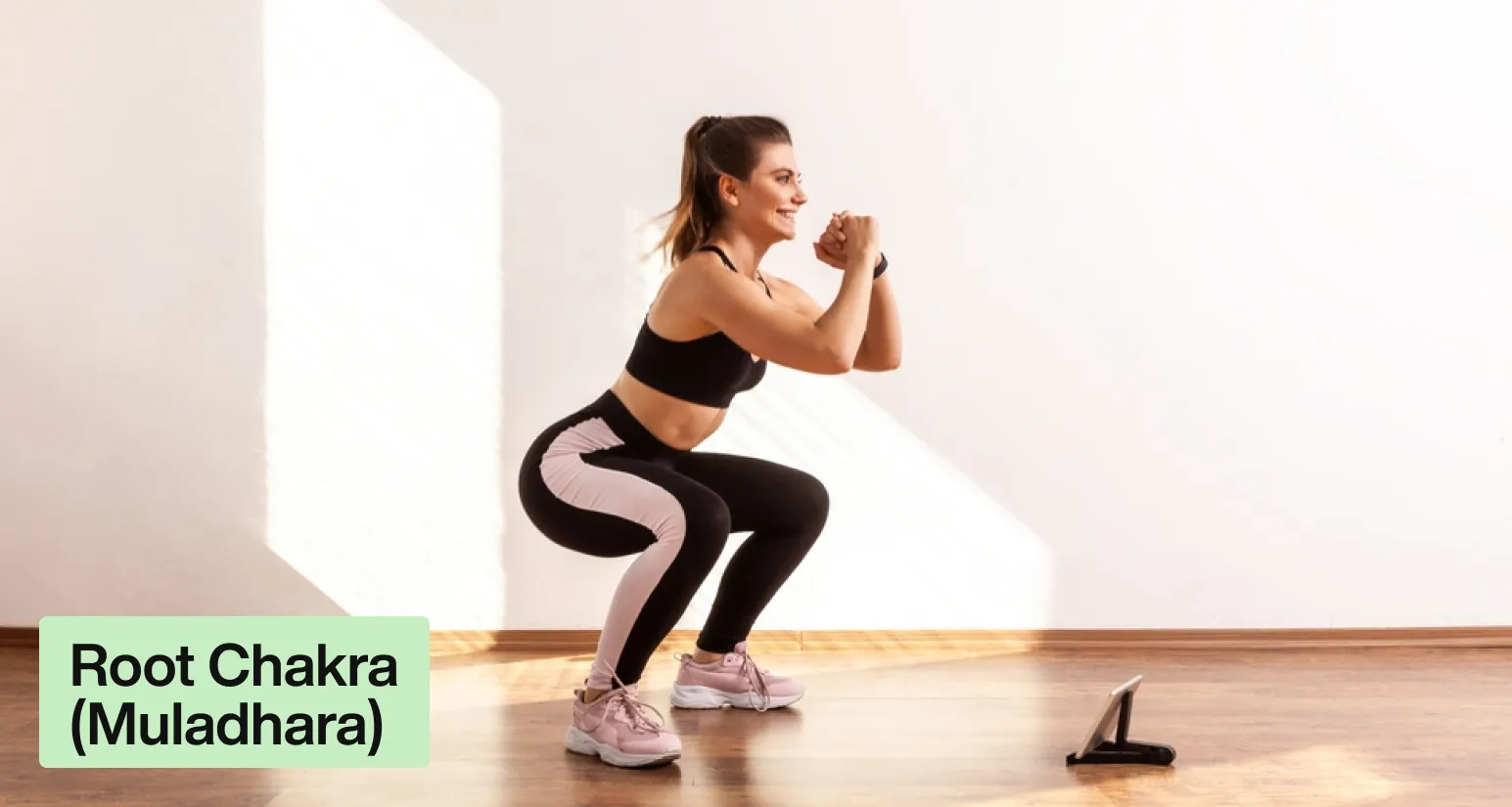
Located at the base of the spine, the root chakra governs our sense of stability, security, and survival instincts. It is associated with the element of earth and represents our connection to the physical world.
Sacral Chakra (Svadhishthana)
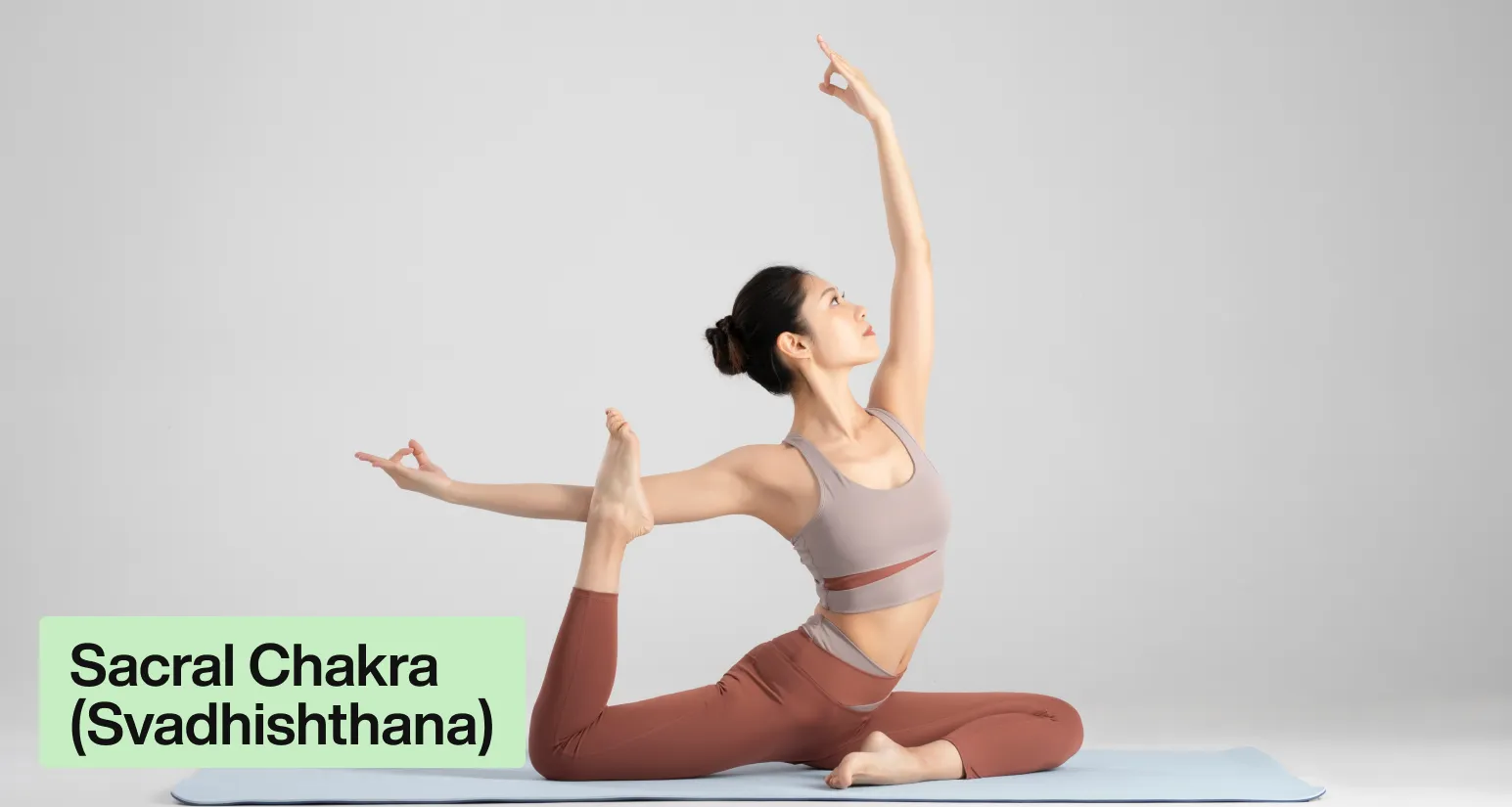
Situated just below the navel, the sacral chakra is linked to our creativity, emotions, and sexuality. It is associated with the element of water and governs our ability to experience pleasure and cultivate healthy relationships.
Solar Plexus Chakra (Manipura)
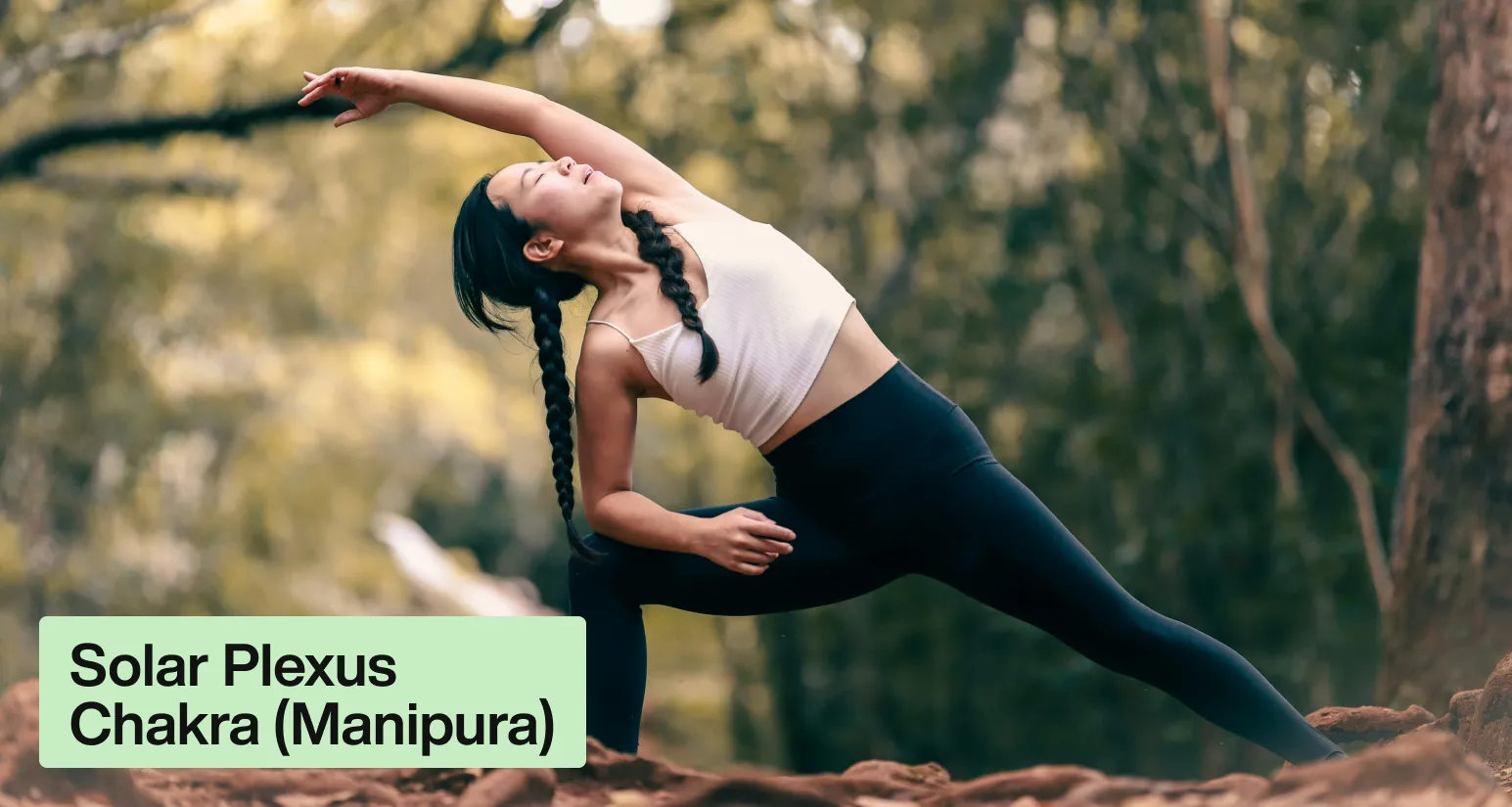
Positioned in the upper abdomen, the solar plexus chakra is associated with our sense of personal power, confidence, and self-esteem. It is linked to the element of fire and governs our ability to assert ourselves and pursue our goals.
Heart Chakra (Anahata)
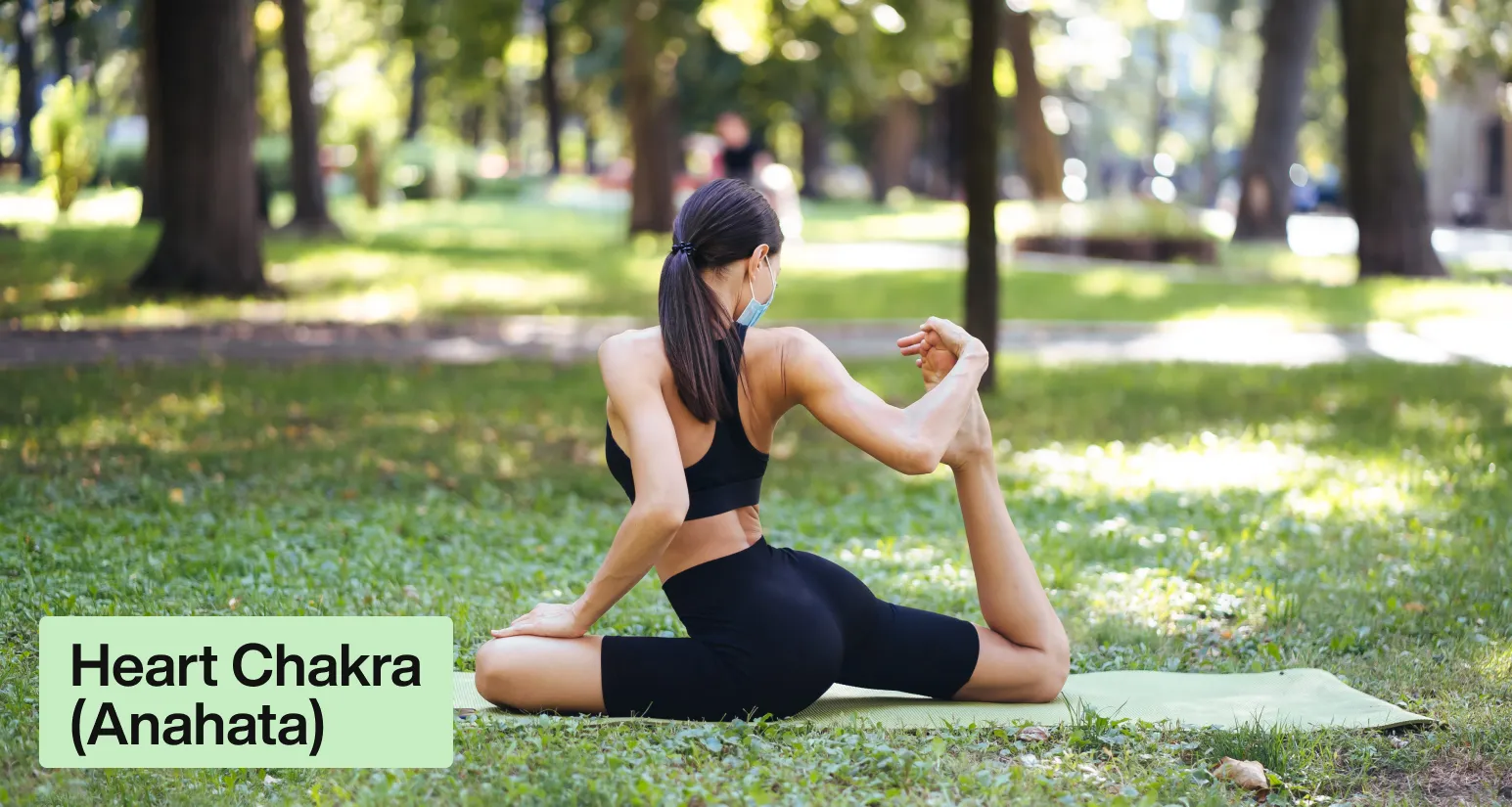
Located in the centre of the chest, the heart chakra is the seat of love, compassion, and connection. It is associated with the element of air and governs our ability to give and receive love, foster empathy, and cultivate forgiveness.
Throat Chakra (Vishuddha)
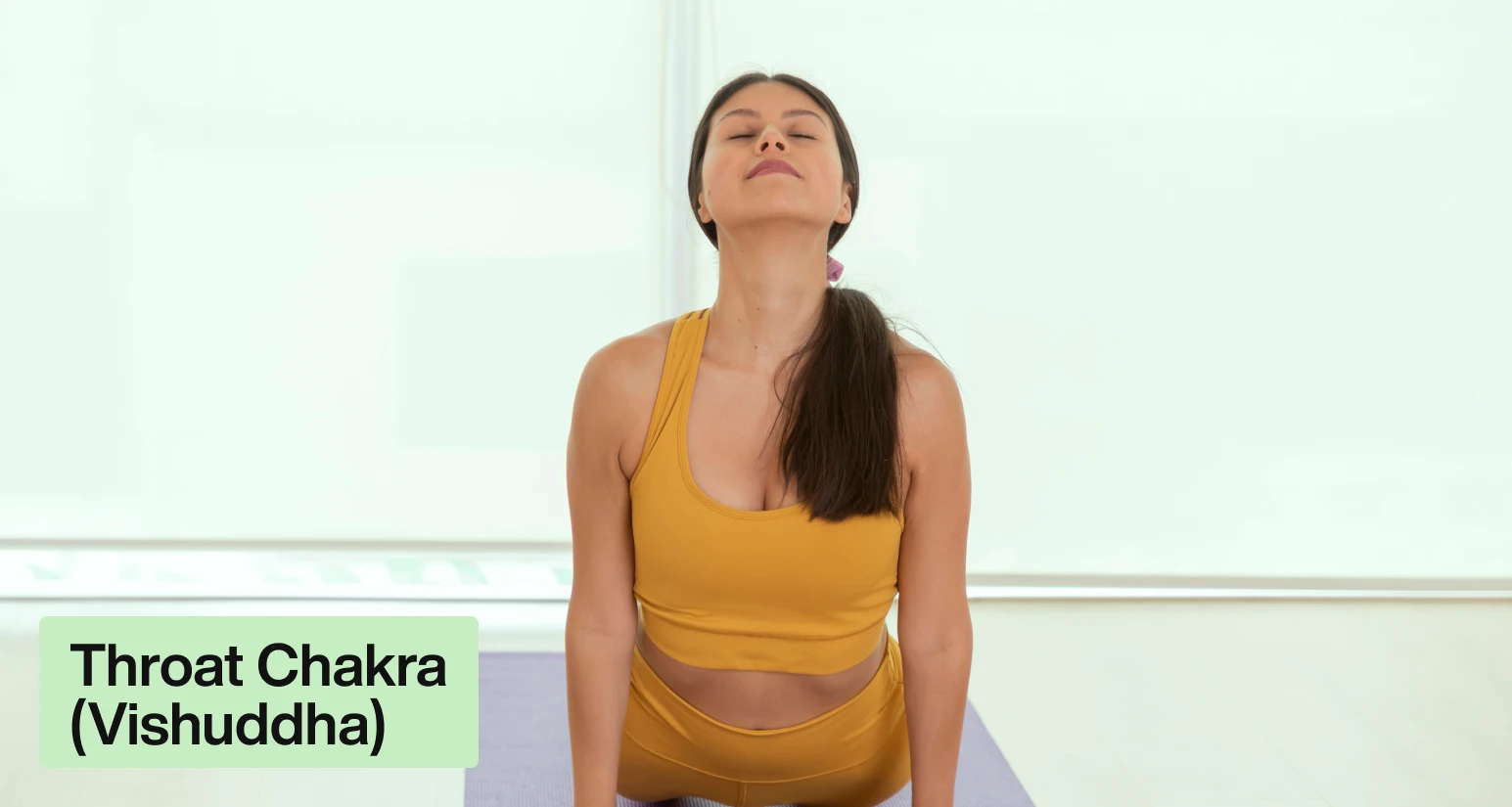
Situated in the throat region, the throat chakra is associated with communication, self-expression, and authenticity. It is linked to the element of ether and governs our ability to speak our truth, express ourselves creatively, and listen deeply to others.
Third Eye Chakra (Ajna)

Positioned between the eyebrows, the third eye chakra is associated with intuition, insight, and inner wisdom. It is linked to the element of light and governs our ability to perceive beyond the physical realm, trust our intuition, and access higher states of consciousness.
Crown Chakra (Sahasrara)
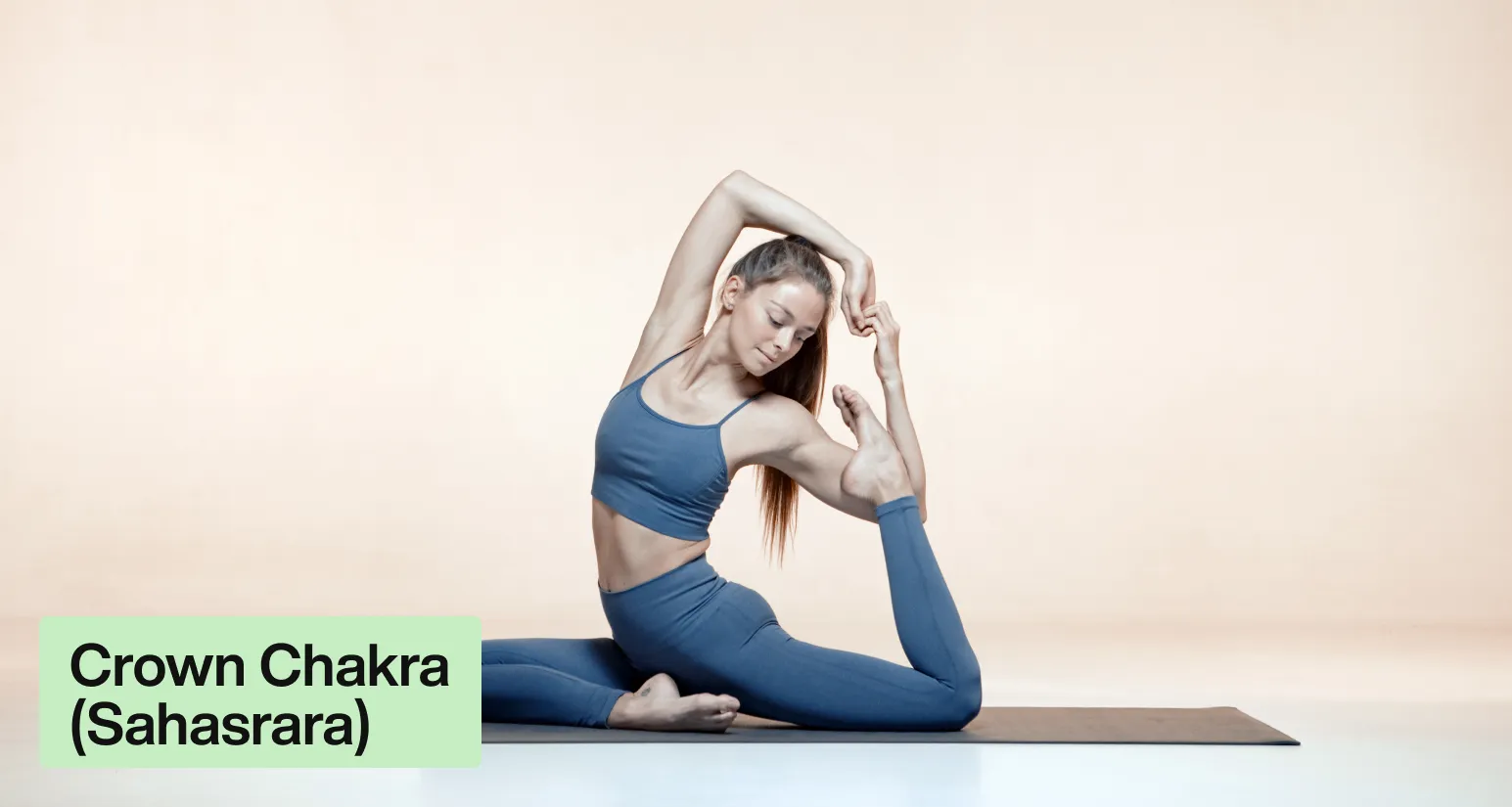
Located at the top of the head, the crown chakra represents our connection to the divine, universal consciousness, and spiritual enlightenment. It is associated with the element of thought and governs our ability to transcend the ego, experience oneness, and realize our true nature.
Meditation Practices
Meditation is a profound practice that cultivates awareness, presence, and inner peace. There are many different meditation techniques, each offering unique benefits and approaches to quieting the mind and connecting with our inner essence. Here are some common meditation practices:
Mindfulness Meditation: Mindfulness meditation involves paying attention to the present moment with non-judgmental awareness. Practitioners focus their attention on the breath, bodily sensations, thoughts, or emotions as they arise, observing them without attachment or resistance. Mindfulness meditation helps to cultivate presence, clarity, and equanimity in the face of life’s challenges.
Breath Awareness Meditation: Breath awareness meditation focuses on observing the breath as it naturally flows in and out of the body. Practitioners anchor their attention to the sensations of the breath, noticing its rhythm, depth, and quality.
This practice helps to calm the mind, reduce stress, and promote relaxation and inner stillness.
Loving-kindness Meditation (Metta): Loving-kindness meditation is a heart-centred practice that involves cultivating feelings of love, compassion, and goodwill towards oneself and others.
Practitioners recite phrases or mantras of loving-kindness, directing positive intentions towards themselves, loved ones, neutral individuals, and even difficult people. This practice fosters emotional resilience, empathy, and a sense of interconnectedness with all beings.
Guided Visualization Meditation: Guided visualization meditation involves mentally visualizing peaceful, serene, or uplifting scenes or images.
Practitioners are guided through a narrative or script that encourages them to imagine themselves in a tranquil setting, such as a beach, forest, or mountain.
This practice stimulates the imagination, reduces stress, and enhances relaxation and creativity.
Mantra Meditation: Mantra meditation involves repeating a sacred word, phrase, or sound (mantra) silently or aloud, focusing the mind and elevating consciousness. Practitioners choose a mantra that resonates with them and repeat it rhythmically, allowing the vibration and resonance of the mantra to quiet the mind and deepen meditation. Mantra meditation helps to cultivate concentration, inner peace, and spiritual awakening.
Walking Meditation: Walking meditation is a mindfulness practice that involves walking slowly and deliberately while paying attention to each step and sensation.
Practitioners synchronize their breath with their footsteps, grounding themselves in the present moment and connecting with the rhythm of walking. Walking meditation can be practised indoors or outdoors and offers an opportunity to cultivate mindfulness in motion.
Body Scan Meditation: Body scan meditation involves systematically scanning the body from head to toe, bringing awareness to each part and releasing tension or discomfort.
Practitioners move their attention through different regions of the body, noticing sensations, areas of tightness, or areas of relaxation. Body scan meditation promotes relaxation, body awareness, and stress relief.
Transcendental Meditation (TM): Transcendental Meditation is a technique that involves silently repeating a specific mantra for 15-20 minutes, twice daily.
Practitioners sit comfortably with eyes closed and effortlessly repeat the mantra, allowing the mind to settle into a state of deep relaxation and expanded awareness.
TM is known for its simplicity and effectiveness in promoting stress reduction, inner peace, and personal transformation.
These are just a few examples of meditation practices, and there are countless other techniques and variations to explore. The key is to find a practice that resonates with you and fits into your lifestyle, allowing you to experience the profound benefits of meditation in your daily life.
Yoga's Impact on Mental Health
Yoga has emerged as a powerful tool for enhancing mental health and emotional well-being. Through its combination of physical postures, breathwork, and mindfulness practices, yoga offers a holistic approach to stress reduction, anxiety management, and depression relief. Yoga helps individuals navigate life’s challenges with greater resilience and equanimity by cultivating present-moment awareness and fostering a sense of inner peace. The practice of yoga promotes relaxation, reduces levels of stress hormones, and enhances mood by increasing serotonin and dopamine levels in the brain. Additionally, yoga encourages self-compassion, emotional regulation, and self-awareness, empowering individuals to cultivate healthier coping strategies and navigate difficult emotions with greater ease. Whether through gentle movement, breath awareness, or meditation, yoga provides a safe and supportive space for individuals to cultivate mental clarity, emotional balance, and overall well-being.
Yoga for Healing and Rehabilitation
Yoga is increasingly recognized as a therapeutic modality for healing and rehabilitation, offering a gentle yet effective approach to physical and emotional recovery. Through its emphasis on gentle movement, breath awareness, and mindfulness practices, yoga supports individuals in their journey towards recovery from injuries, surgeries, or chronic health conditions.
Yoga promotes pain management by alleviating muscle tension, improving circulation, and reducing pain perception. Moreover, yoga facilitates emotional healing by providing a space for individuals to release stress, tension, and emotional baggage accumulated during the healing process.
By fostering resilience, acceptance, and self-compassion, yoga empowers individuals to reclaim their physical and emotional well-being and enhance their quality of life.
Whether recovering from illness, surgery, or trauma, yoga offers a holistic approach to healing that addresses the interconnectedness of mind, body, and spirit, supporting individuals in their journey toward wholeness and vitality.
Modern Research on Yoga
In recent years, numerous scientific studies have explored the effects of yoga on various aspects of health and well-being. One such study, published in the journal “Frontiers in Psychiatry,” investigated the impact of yoga on stress reduction and emotional regulation in individuals with anxiety disorders. The research found that participants who engaged in a regular yoga practice experienced significant reductions in anxiety symptoms and improvements in mood compared to those in a control group.
Another study, published in the “Journal of Clinical Oncology,” examined the effects of yoga on cancer-related fatigue and quality of life in breast cancer survivors. The study revealed that participants who participated in a structured yoga program reported reductions in fatigue levels and improvements in physical functioning, emotional well-being, and overall quality of life.
Yoga for Chronic Low Back Pain
These studies, along with many others, highlight the potential benefits of yoga for promoting physical health, mental well-being, and overall quality of life. As scientific research continues to accumulate, yoga is increasingly recognized as a valuable and evidence-based practice for enhancing holistic health and resilience in diverse populations.
Conclusion
In conclusion, yoga emerges as a multifaceted practice with profound implications for physical, mental, and emotional well-being. From its ancient origins to modern scientific research, yoga has demonstrated its effectiveness in promoting holistic health and resilience across diverse populations and conditions.
Through its emphasis on mindful movement, breathwork, and meditation, yoga offers a comprehensive approach to stress reduction, anxiety management, and depression relief.
By fostering self-awareness, emotional regulation, and self-compassion, yoga empowers individuals to navigate life’s challenges with greater ease and equanimity.
Moreover, research studies have highlighted the therapeutic potential of yoga in supporting healing and rehabilitation processes. Whether recovering from injuries, chronic health conditions, or trauma, yoga provides a safe and supportive space for individuals to reclaim their physical and emotional well-being.
As scientific evidence continues to accumulate, yoga is increasingly recognized as a valuable and accessible tool for enhancing quality of life and promoting resilience in the face of adversity. With its profound impact on mental health, physical vitality, and spiritual growth, yoga stands as a timeless practice for cultivating wholeness and vitality in the modern world.
In essence, yoga offers not just a means of exercise or relaxation, but a pathway to self-discovery, healing, and transformation. As individuals embrace the practice of yoga and its principles, they embark on a journey towards greater well-being, harmony, and fulfilment in all aspects of life.
Related blog
When we talk about yoga, we don’t take into consideration…
yogabase . 3 weeks ago
Back pain has quickly become one of the most common…
yogabase . 3 weeks ago
The modern lifestyle has left everyone with less time for…
yogabase . 2 months ago
Definition of Yoga & Brief Overview of Yoga’s Origins Yoga,…
yogabase . 3 months ago
Inner peace is becoming more and more difficult in the…
yogabase . 4 months ago
How does yoga create balance in your life ? Ever…
yogabase . 5 months ago
Starting a yoga practice begins with learning basic yoga poses,…
yogabase . 6 months ago
